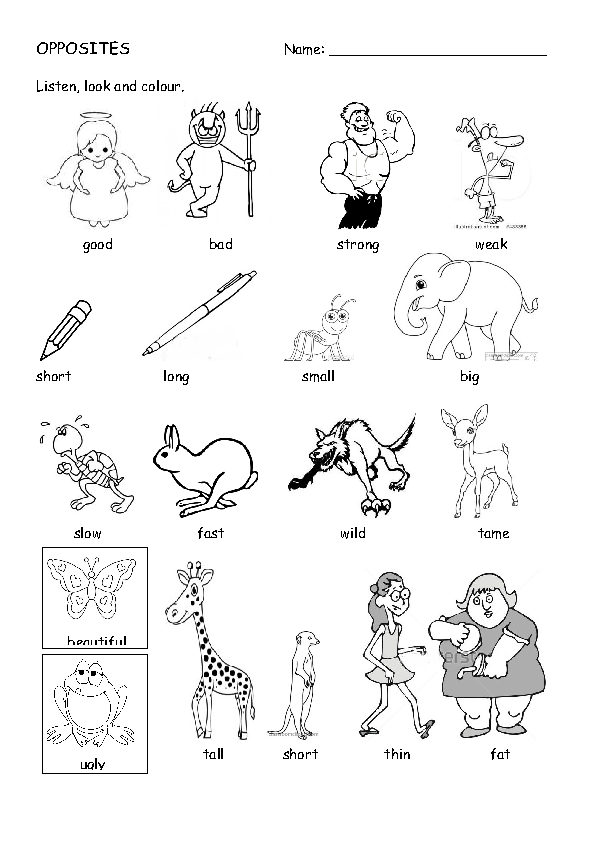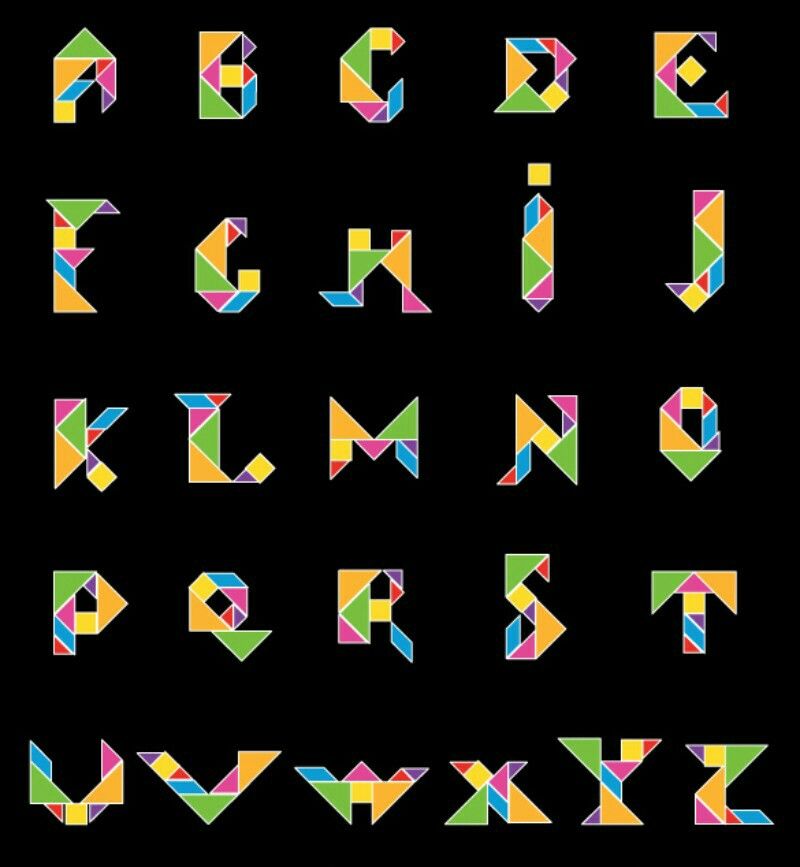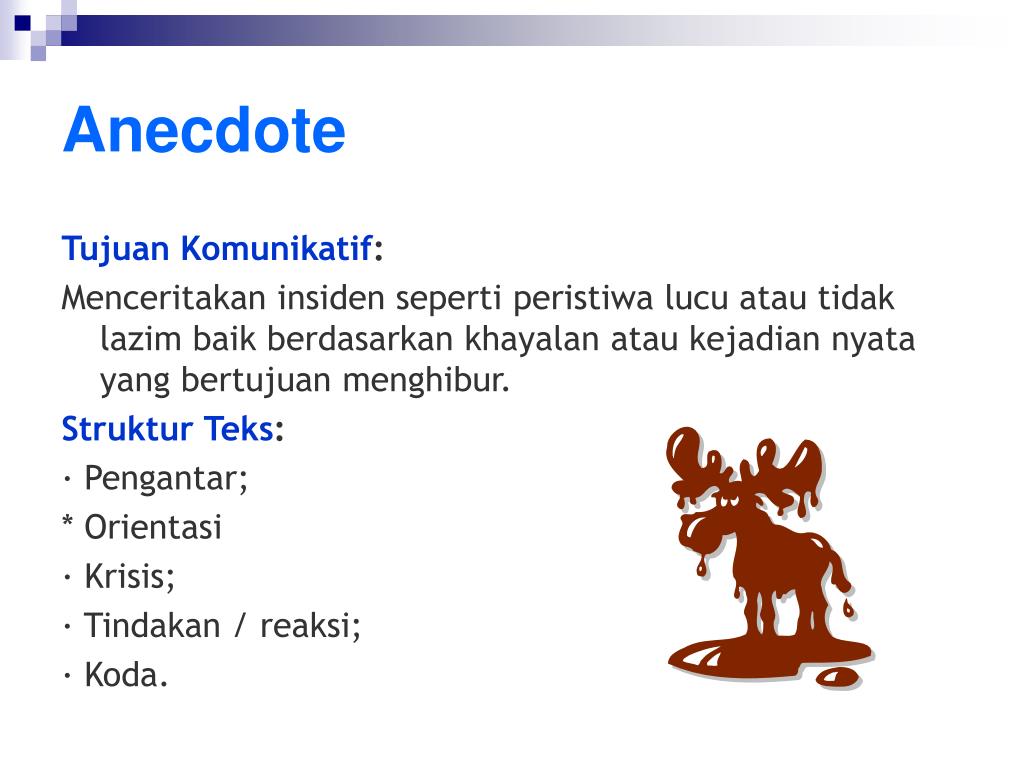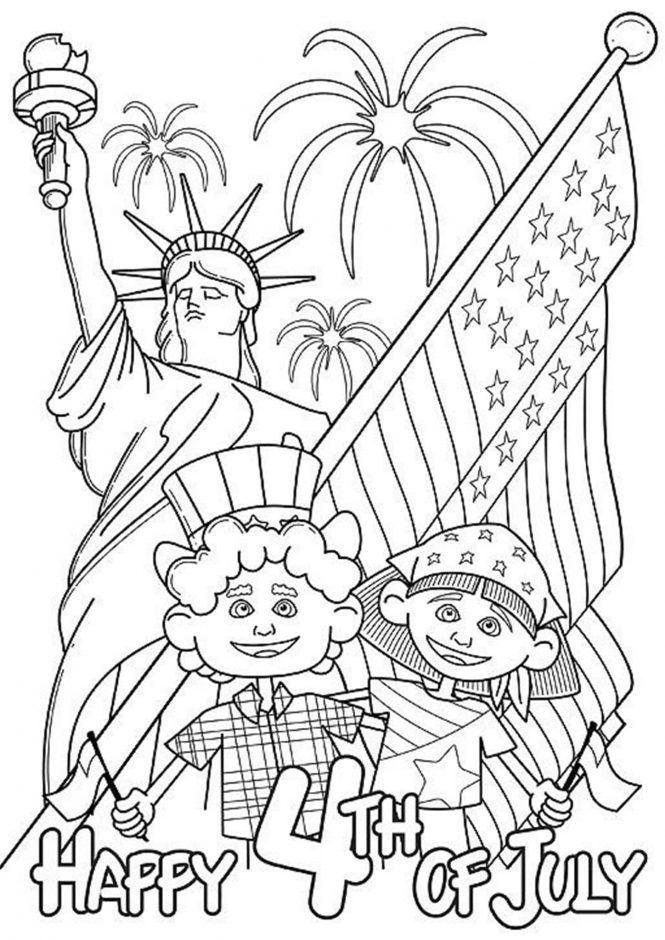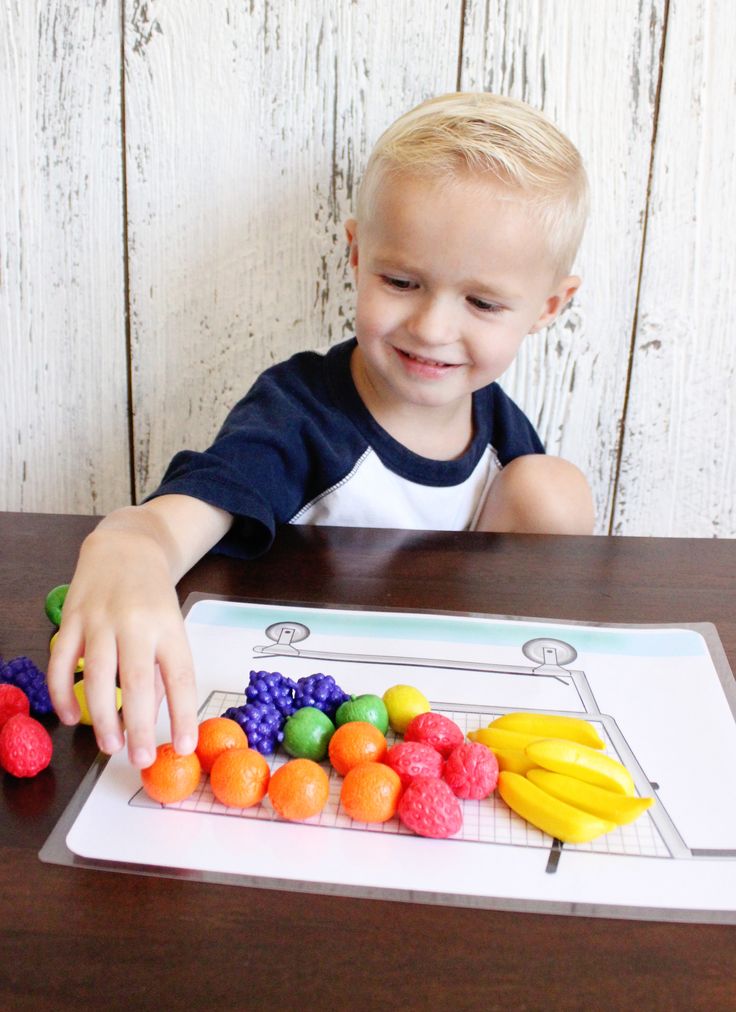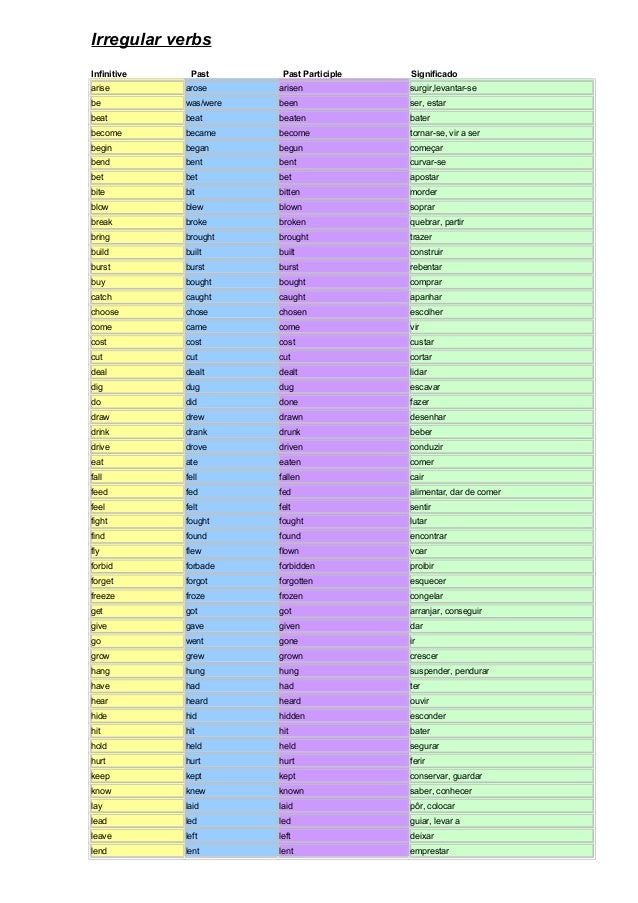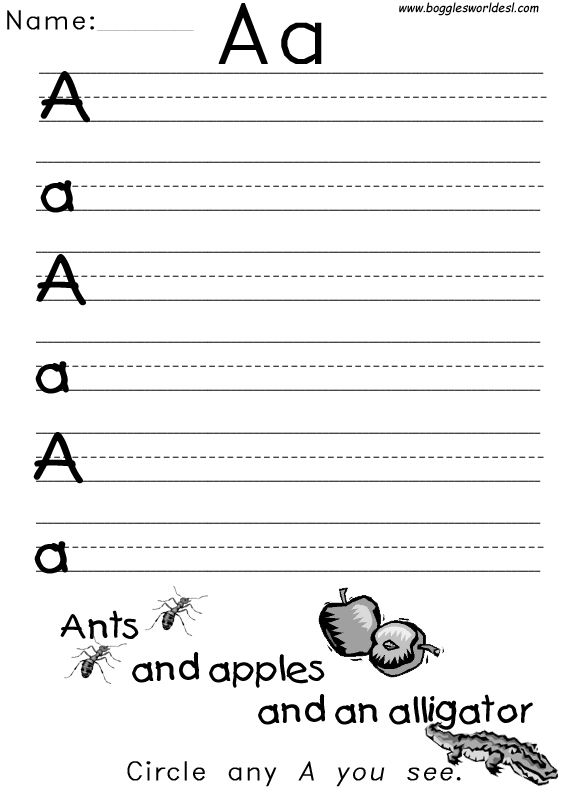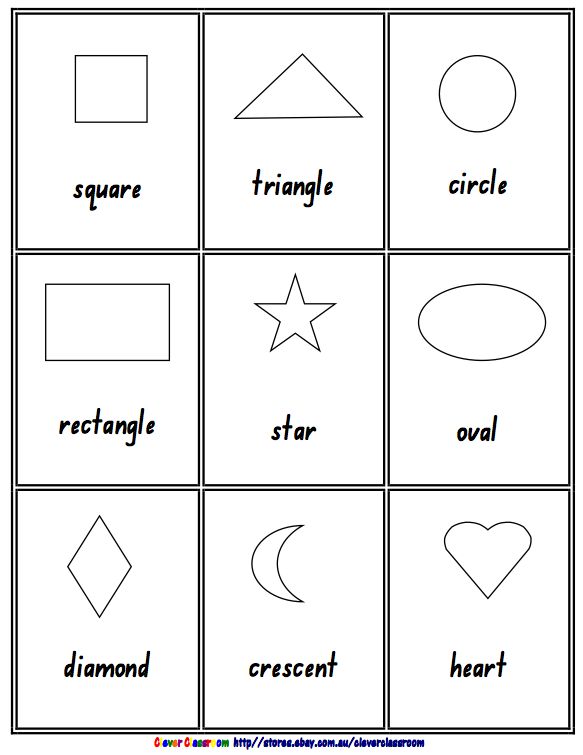How to read for kids
10 Easy Steps to Teach Kids to Read
Teachers want their students to be successful in life, and one of the most important things for a child’s future is literacy. Reading is the foundation for all learning, and kids must learn how to read as early as possible. But teaching kids to read can be a daunting task – especially if you don’t know where to start.
Don’t worry, though! We’ve got you covered. This blog post will outline ten simple steps to help teachers teach kids to read. But first, let’s take a look at why reading is so essential.
Take me straight to the 10 easy steps!
Why is Reading Important?Reading is one of the essential skills a person can possess. It is necessary for success in school, and it is a prerequisite for many careers. In addition, reading allows people to learn about new things, explore other cultures, and understand the world around them.
So, how can teachers help their children become readers? Let’s discuss some fantastic techniques!
How to Teach Kids to Read: 10 Easy Steps1.Phonemic awareness is the ability to hear, identify, and manipulate the individual sounds in words. This is an essential skill for reading, and it can be taught very early on. In fact, many schools start teaching phonemic awareness as early as kindergarten.
There are several activities that teachers can use to help kids develop phonemic awareness. For example, teachers can have students clap out the sounds in words, identify and spell rhyming words, and segment words into individual sounds.
2. Teach Sight WordsImage sourceSight words are the most common words in the English language, and they must be learned to read fluently. Teaching sight words can be tricky because there is no one set way to do it. However, there are a few general tips that teachers can follow.
One of the best ways to teach sight words is to use flashcards. Flashcards allow students to see and say the word several times, which helps them learn it better.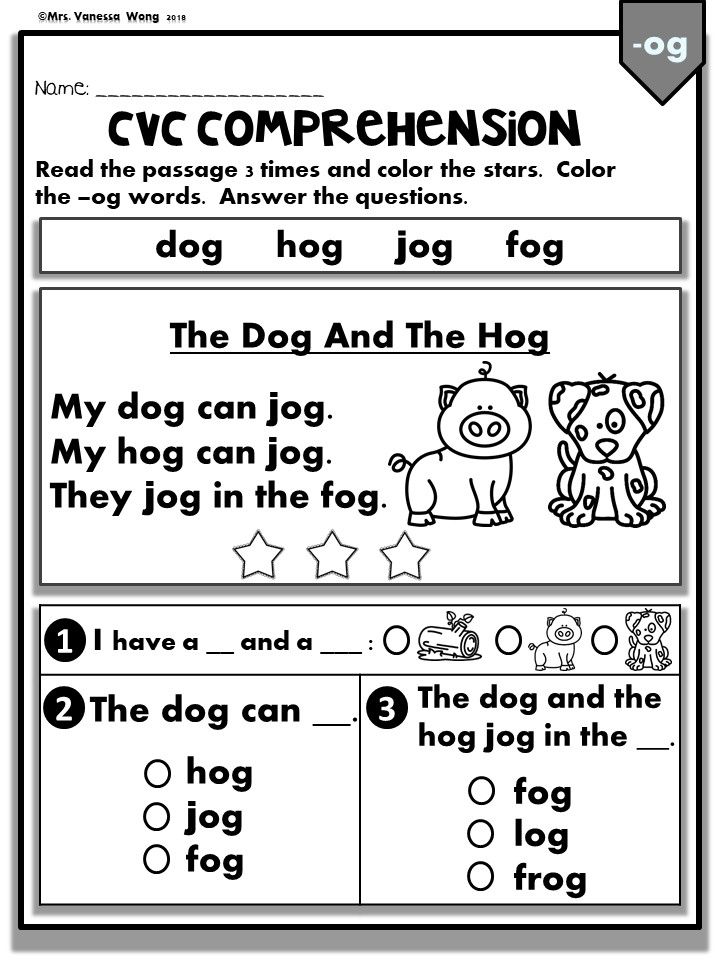 In addition, teachers can use games and activities to help students learn sight words.
In addition, teachers can use games and activities to help students learn sight words.
Letter sounds are the individual sounds that letters make. Teaching letter sounds is another essential step in teaching kids to read. This can be done in various ways, but one of the most effective methods is to use flashcards.
Teachers can also use songs and rhymes to help students learn letter sounds. Songs and rhymes are fun to learn, and they allow students to remember information better.
4. Teach Word FamiliesWord families are groups of words that have the same ending letter sound. Teaching word families is a great way to help kids learn new words. In addition, it helps them understand how words are related to each other.
There are several ways that teachers can teach word families. One way is to use flashcards. Another way is to use word family charts. Charts allow students to see how the different words are related to each other.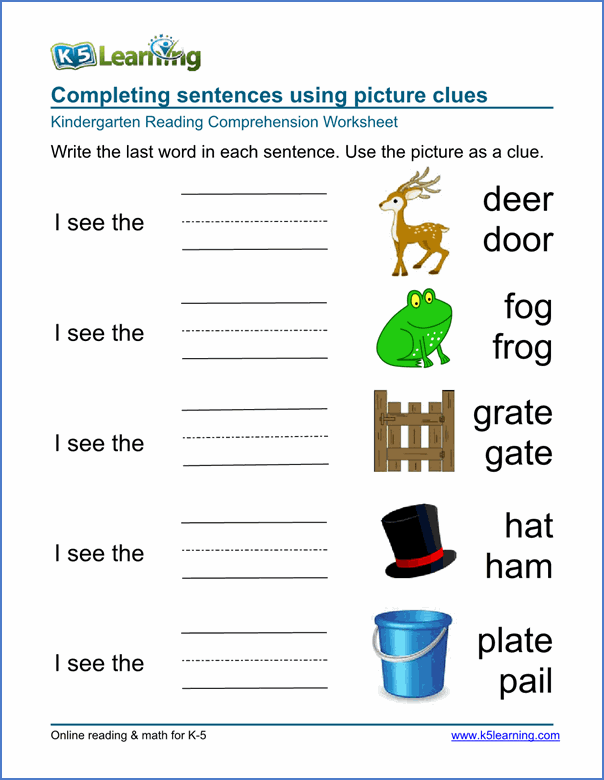
Stories are a great way to teach kids to read. They provide contextual clues and help kids understand what they are reading. In addition, stories are fun and exciting, which helps kids stay engaged in the learning process.
6. Make Reading Fun with GamesOne of the best ways to get kids interested in reading is to make it fun. Try different activities such as reading aloud, reading together, and reading challenges.
In addition, let kids read books they are interested in and provide various reading materials such as magazines, comics, and books. There are also different reading games offered by SplashLearn that can make reading more fun for kids.
7. Encourage Kids to Read IndependentlyKids learn to read best when they are allowed to practice and experiment independently. Encourage your child to read independently by setting aside time each day to read and provide various materials.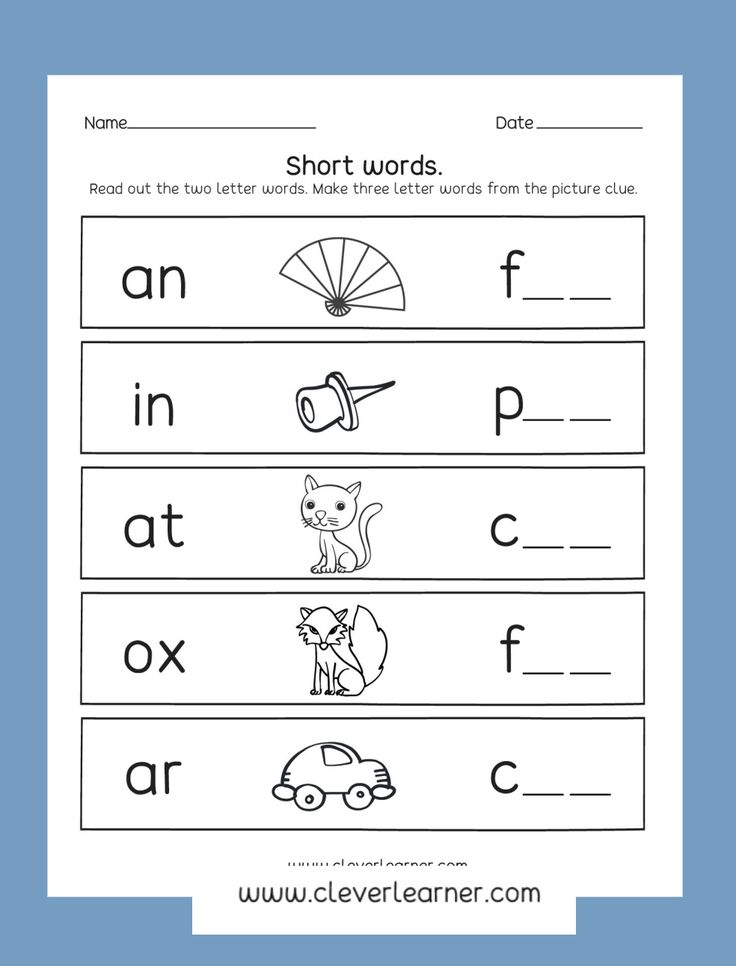 Be sure to praise your child for their efforts and successes, no matter how small.
Be sure to praise your child for their efforts and successes, no matter how small.
One of the most important things you can do as a parent is to help your child understand what they are reading. This can be done by asking questions about the text, discussing the characters and plot, and connecting what is read to the child’s own experiences.
9. Teach Kids to Use Context CluesContext clues are words or phrases in a text that help explain the meaning of unknown words. Teaching kids to use context clues is an essential step in reading comprehension.
There are several ways that teachers can help students learn how to use context clues. One way is to provide them with a list of context clue words. Another way is to use word maps. Word maps help students see how the different parts of a word are related to each other.
10. Monitor Kids’ Reading ProgressIt is crucial to monitor your child’s reading progress and make sure they are making adequate progress.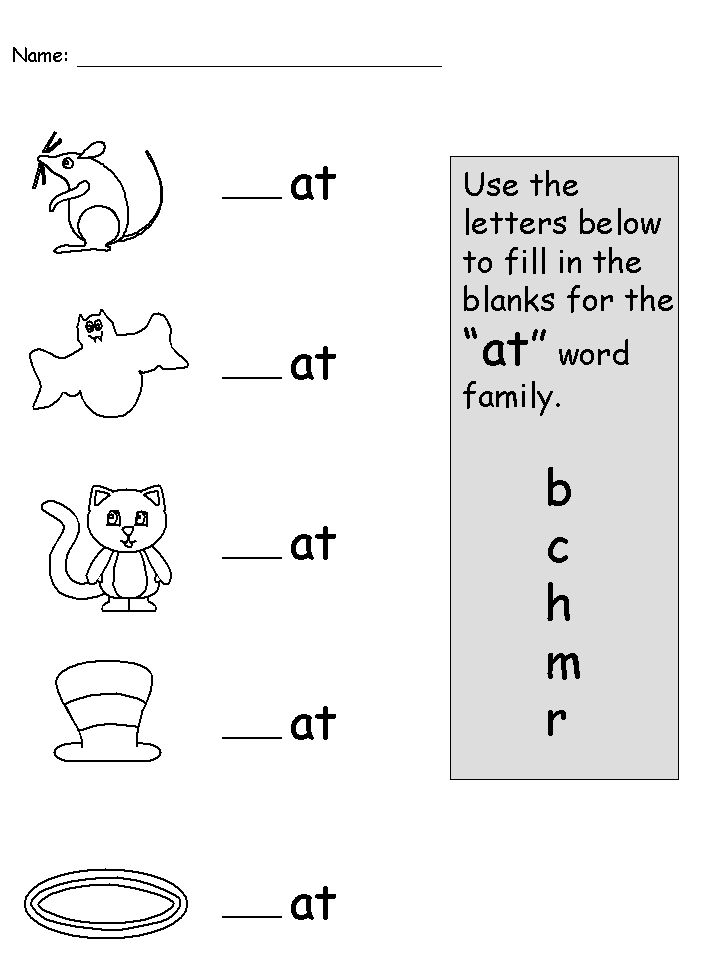 One way to do this is to keep track of what words your child can read and what words they are still working on. In addition, be sure to ask your child questions about the text they are reading to check their comprehension.
One way to do this is to keep track of what words your child can read and what words they are still working on. In addition, be sure to ask your child questions about the text they are reading to check their comprehension.
With these ten simple steps, you can help kids become a reader in no time! Reading is an essential life skill, and with the right tools and techniques, you can make sure your child masters it. Be sure to praise your students for their efforts and successes, and don’t forget to have fun while reading together!
Frequently Asked Questions (FAQs)How can I help my students understand what they are reading?
One of the best ways to help kids understand what they are reading is to discuss the text with them. Ask questions about the characters and plot, and connect what is read to the child’s own experiences. In addition, please provide them with a list of context clue words.
When do you consider a child to be a reader?
There is no one answer to this question, as reading proficiency varies from child to child.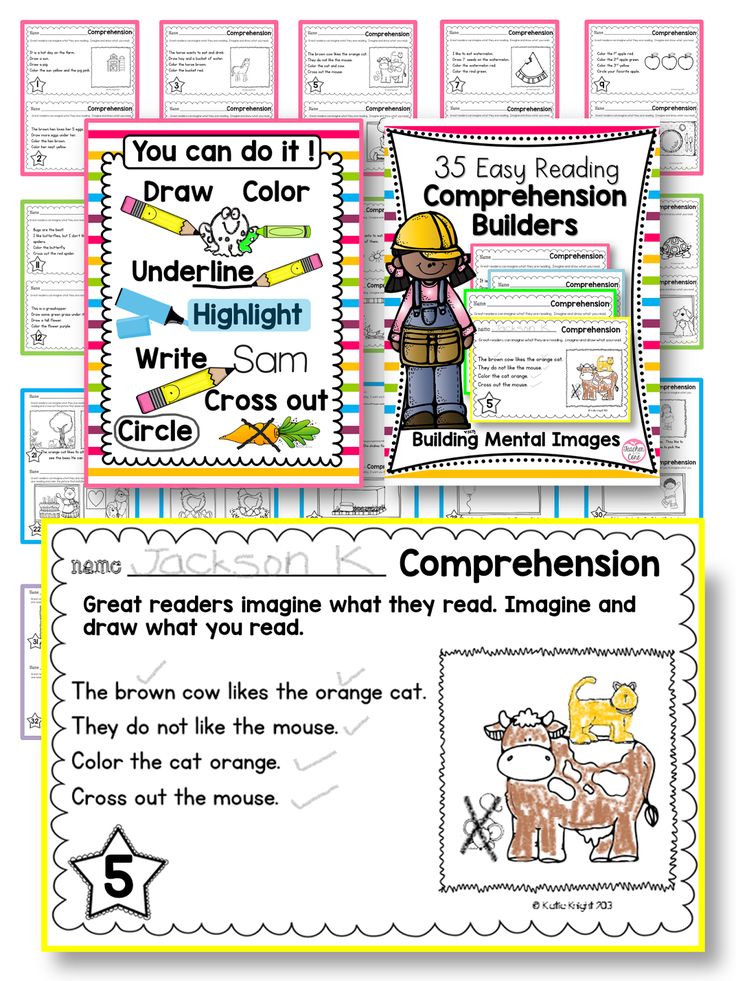 However, a good rule of thumb is to consider a child to be a reader when they are able to read fluently and understand what they are reading.
However, a good rule of thumb is to consider a child to be a reader when they are able to read fluently and understand what they are reading.
How can poems entice reluctant readers?
Poems can be a great way to get reluctant readers interested in reading. One way to do this is to read the poem aloud and have students follow along. In addition, ask questions about the poem to help students understand it better. Finally, connect the poem to the child’s own experiences.
What are some reading strategies that can help my students?
There are a variety of reading strategies that can help students become better readers. Some strategies include using context clues, asking questions about the text, and monitoring reading progress. In addition, teachers can use word maps to help students see how the different parts of a word are related to each other.
How can phonological awareness help children become better readers?
Phonological awareness is the ability to hear and identify the individual sounds that makeup words.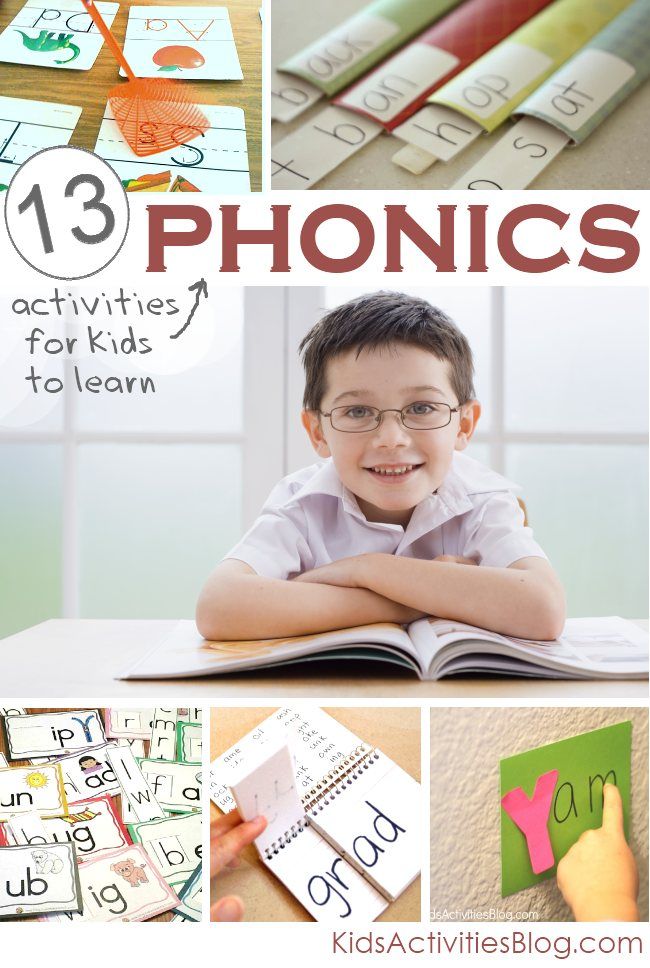 Teaching phonological awareness is an essential step in reading instruction. There are a variety of ways that teachers can help students learn about phonology. One way is to provide students with word cards. Another way is to use phonemic cueing.
Teaching phonological awareness is an essential step in reading instruction. There are a variety of ways that teachers can help students learn about phonology. One way is to provide students with word cards. Another way is to use phonemic cueing.
What should I do if my students are struggling with reading?
If your students are struggling with reading, it is important to find out the root of the problem. One way to do this is by using a reading assessment. Once the problem has been identified, teachers can provide students with the appropriate interventions. In addition, it is important to monitor the child’s progress and make sure they are making adequate progress.
Is silent reading better for students than reading aloud?
Some students prefer silent reading, while others prefer reading aloud. It is important to allow students to choose the type of reading that works best for them. However, teachers need to provide both types of reading so that all students have the opportunity to experience both.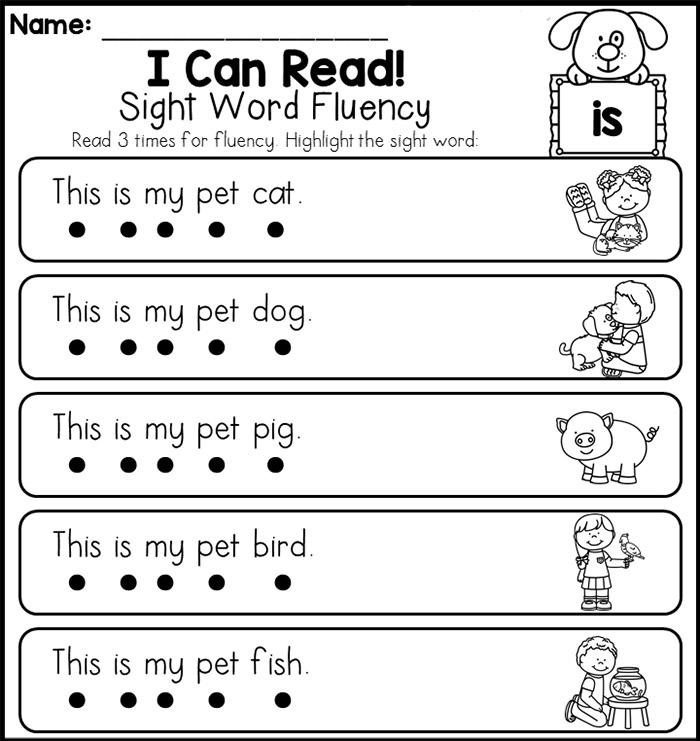
Teaching children to read isn’t easy. How do kids actually learn to read?
A student in a Mississippi elementary school reads a book in class. Research shows young children need explicit, systematic phonics instruction to learn how to read fluently. Credit: Terrell Clark for The Hechinger ReportTeaching kids to read isn’t easy; educators often feel strongly about what they think is the “right” way to teach this essential skill. Though teachers’ approaches may differ, the research is pretty clear on how best to help kids learn to read. Here’s what parents should look for in their children’s classroom.
How do kids actually learn how to read?
Research shows kids learn to read when they are able to identify letters or combinations of letters and connect those letters to sounds. There’s more to it, of course, like attaching meaning to words and phrases, but phonemic awareness (understanding sounds in spoken words) and an understanding of phonics (knowing that letters in print correspond to sounds) are the most basic first steps to becoming a reader.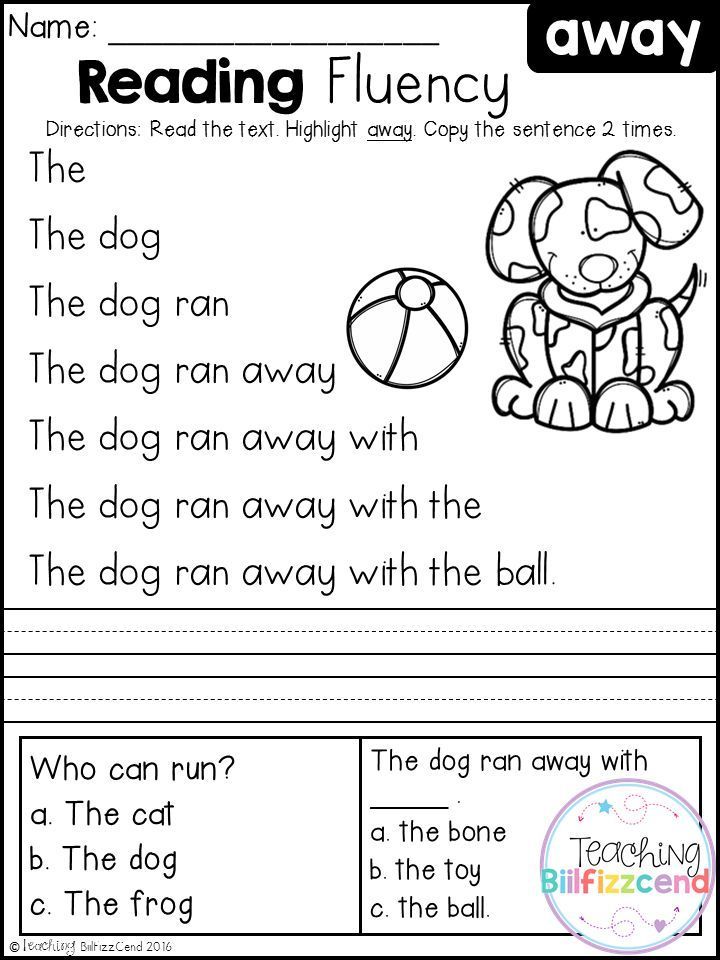
If children can’t master phonics, they are more likely to struggle to read. That’s why researchers say explicit, systematic instruction in phonics is important: Teachers must lead students step by step through a specific sequence of letters and sounds. Kids who learn how to decode words can then apply that skill to more challenging words and ultimately read with fluency. Some kids may not need much help with phonics, especially as they get older, but experts say phonics instruction can be essential for young children and struggling readers “We don’t know how much phonics each kid needs,” said Anders Rasmussen, principal of Wood Road Elementary School in Ballston Spa, New York, who recently led the transformation of his schools’ reading program to a research-based, structured approach. “But we know no kid is hurt by getting too much of it.”
How should your child’s school teach reading?
Timothy Shanahan, a professor emeritus at the University of Illinois at Chicago and an expert on reading instruction, said phonics are important in kindergarten through second grade and phonemic awareness should be explicitly taught in kindergarten and first grade. This view has been underscored by experts in recent years as the debate over reading instruction has intensified. But teaching kids how to read should include more than phonics, said Shanahan. They should also be exposed to oral reading, reading comprehension and writing.
This view has been underscored by experts in recent years as the debate over reading instruction has intensified. But teaching kids how to read should include more than phonics, said Shanahan. They should also be exposed to oral reading, reading comprehension and writing.
The wars over how to teach reading are back. Here’s the four things you need to know.
Wiley Blevins, an author and expert on phonics, said a good test parents can use to determine whether a child is receiving research-based reading instruction is to ask their child’s teacher how reading is taught. “They should be able to tell you something more than ‘by reading lots of books’ and ‘developing a love of reading.’ ” Blevins said. Along with time dedicated to teaching phonics, Blevins said children should participate in read-alouds with their teacher to build vocabulary and content knowledge. “These read-alouds must involve interactive conversations to engage students in thinking about the content and using the vocabulary,” he said.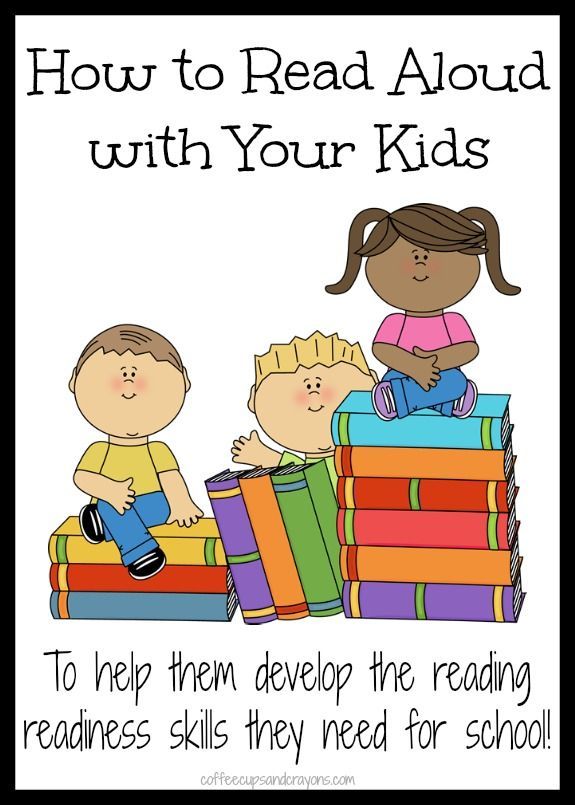 “Too often, when time is limited, the daily read-alouds are the first thing left out of the reading time. We undervalue its impact on reading growth and must change that.”
“Too often, when time is limited, the daily read-alouds are the first thing left out of the reading time. We undervalue its impact on reading growth and must change that.”
Rasmussen’s school uses a structured approach: Children receive lessons in phonemic awareness, phonics, pre-writing and writing, vocabulary and repeated readings. Research shows this type of “systematic and intensive” approach in several aspects of literacy can turn children who struggle to read into average or above-average readers.
What should schools avoid when teaching reading?
Educators and experts say kids should be encouraged to sound out words, instead of guessing. “We really want to make sure that no kid is guessing,” Rasmussen said. “You really want … your own kid sounding out words and blending words from the earliest level on.” That means children are not told to guess an unfamiliar word by looking at a picture in the book, for example. As children encounter more challenging texts in later grades, avoiding reliance on visual cues also supports fluent reading. “When they get to ninth grade and they have to read “Of Mice and Men,” there are no picture cues,” Rasmussen said.
“When they get to ninth grade and they have to read “Of Mice and Men,” there are no picture cues,” Rasmussen said.
Related: Teacher Voice: We need phonics, along with other supports, for reading
Blevins and Shanahan caution against organizing books by different reading levels and keeping students at one level until they read with enough fluency to move up to the next level. Although many people may think keeping students at one level will help prevent them from getting frustrated and discouraged by difficult texts, research shows that students actually learn more when they are challenged by reading materials.
Blevins said reliance on “leveled books” can contribute to “a bad habit in readers.” Because students can’t sound out many of the words, they rely on memorizing repeated words and sentence patterns, or on using picture clues to guess words. Rasmussen said making kids stick with one reading level — and, especially, consistently giving some kids texts that are below grade level, rather than giving them supports to bring them to grade level — can also lead to larger gaps in reading ability.
How do I know if a reading curriculum is effective?
Some reading curricula cover more aspects of literacy than others. While almost all programs have some research-based components, the structure of a program can make a big difference, said Rasmussen. Watching children read is the best way to tell if they are receiving proper instruction — explicit, systematic instruction in phonics to establish a foundation for reading, coupled with the use of grade-level texts, offered to all kids.
Parents who are curious about what’s included in the curriculum in their child’s classroom can find sources online, like a chart included in an article by Readingrockets.org which summarizes the various aspects of literacy, including phonics, writing and comprehension strategies, in some of the most popular reading curricula.
Blevins also suggested some questions parents can ask their child’s teacher:
- What is your phonics scope and sequence?
“If research-based, the curriculum must have a clearly defined phonics scope and sequence that serves as the spine of the instruction.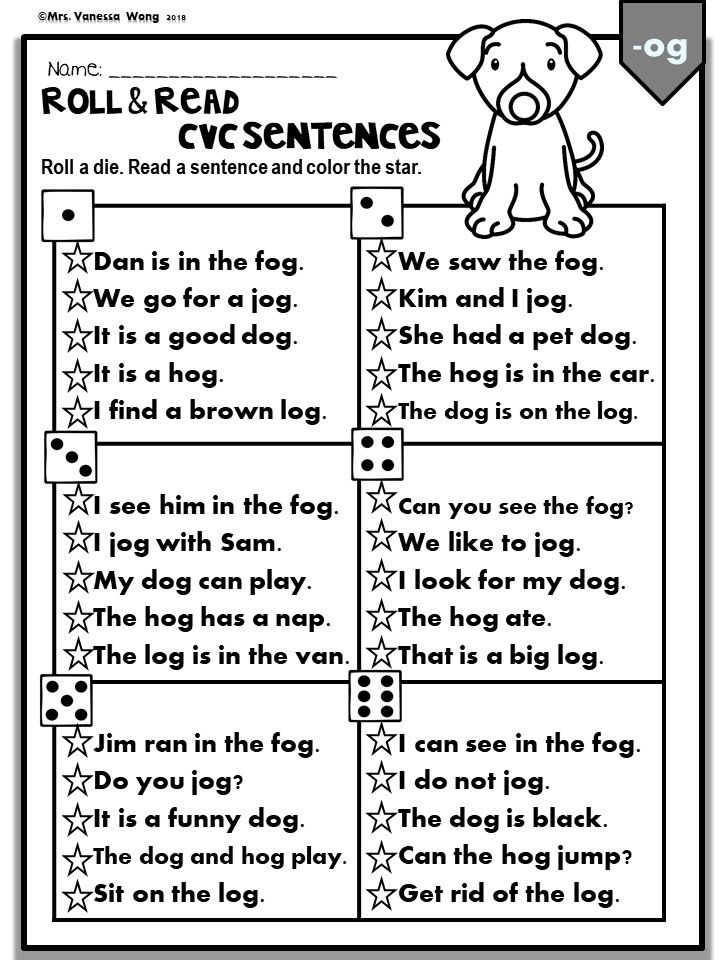 ” Blevins said.
” Blevins said.
- Do you have decodable readers (short books with words composed of the letters and sounds students are learning) to practice phonics?
“If no decodable or phonics readers are used, students are unlikely to get the amount of practice and application to get to mastery so they can then transfer these skills to all reading and writing experiences,” Blevins said. “If teachers say they are using leveled books, ask how many words can students sound out based on the phonics skills (teachers) have taught … Can these words be fully sounded out based on the phonics skills you taught or are children only using pieces of the word? They should be fully sounding out the words — not using just the first or first and last letters and guessing at the rest.”
- What are you doing to build students’ vocabulary and background knowledge? How frequent is this instruction? How much time is spent each day doing this?
“It should be a lot,” Blevins said, “and much of it happens during read-alouds, especially informational texts, and science and social studies lessons. ”
”
- Is the research used to support your reading curriculum just about the actual materials, or does it draw from a larger body of research on how children learn to read? How does it connect to the science of reading?
Teachers should be able to answer these questions, said Blevins.
What should I do if my child isn’t progressing in reading?
When a child isn’t progressing, Blevins said, the key is to find out why. “Is it a learning challenge or is your child a curriculum casualty? This is a tough one.” Blevins suggested that parents of kindergarteners and first graders ask their child’s school to test the child’s phonemic awareness, phonics and fluency.
Parents of older children should ask for a test of vocabulary. “These tests will locate some underlying issues as to why your child is struggling reading and understanding what they read,” Blevins said. “Once underlying issues are found, they can be systematically addressed.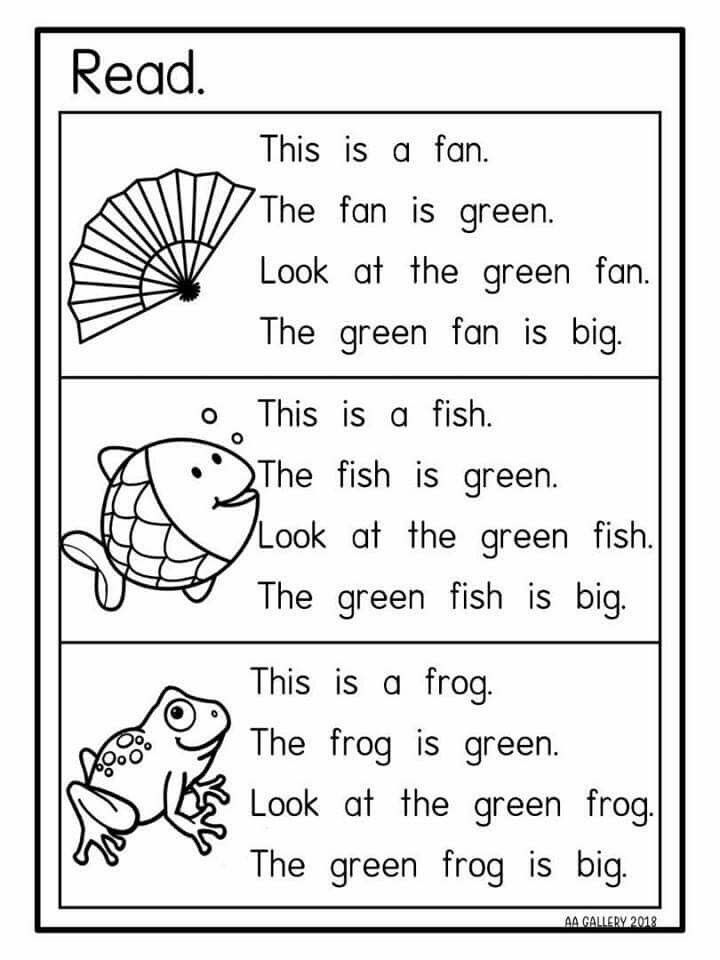 ”
”
“We don’t know how much phonics each kid needs. But we know no kid is hurt by getting too much of it.”
Anders Rasmussen, principal of Wood Road Elementary School in Ballston Spa, New York
Rasmussen recommended parents work with their school if they are concerned about their children’s progress. By sitting and reading with their children, parents can see the kind of literacy instruction the kids are receiving. If children are trying to guess based on pictures, parents can talk to teachers about increasing phonics instruction.
“Teachers aren’t there doing necessarily bad things or disadvantaging kids purposefully or willfully,” Rasmussen said. “You have many great reading teachers using some effective strategies and some ineffective strategies.”
What can parents do at home to help their children learn to read?
Parents want to help their kids learn how to read but don’t want to push them to the point where they hate reading.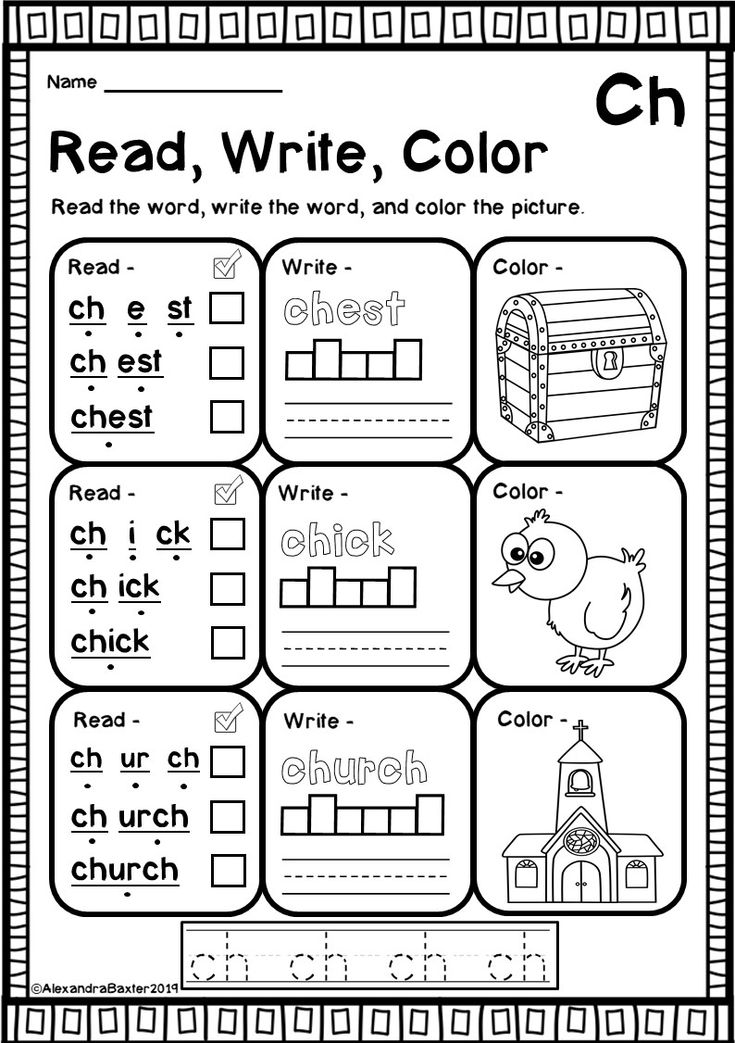 “Parents at home can fall into the trap of thinking this is about drilling their kid,” said Cindy Jiban, a former educator and current principal academic lead at NWEA, a research-based non-profit focused on assessments and professional learning opportunities. “This is unfortunate,” Jiban said. “It sets up a parent-child interaction that makes it, ‘Ugh, there’s this thing that’s not fun.’” Instead, Jiban advises making decoding playful. Here are some ideas:
“Parents at home can fall into the trap of thinking this is about drilling their kid,” said Cindy Jiban, a former educator and current principal academic lead at NWEA, a research-based non-profit focused on assessments and professional learning opportunities. “This is unfortunate,” Jiban said. “It sets up a parent-child interaction that makes it, ‘Ugh, there’s this thing that’s not fun.’” Instead, Jiban advises making decoding playful. Here are some ideas:
- Challenge kids to find everything in the house that starts with a specific sound.
- Stretch out one word in a sentence. Ask your child to “pass the salt” but say the individual sounds in the word “salt” instead of the word itself.
- Ask your child to figure out what every family member’s name would be if it started with a “b” sound.
- Sing that annoying “Banana fana fo fanna song.” Jiban said that kind of playful activity can actually help a kid think about the sounds that correspond with letters even if they’re not looking at a letter right in front of them.
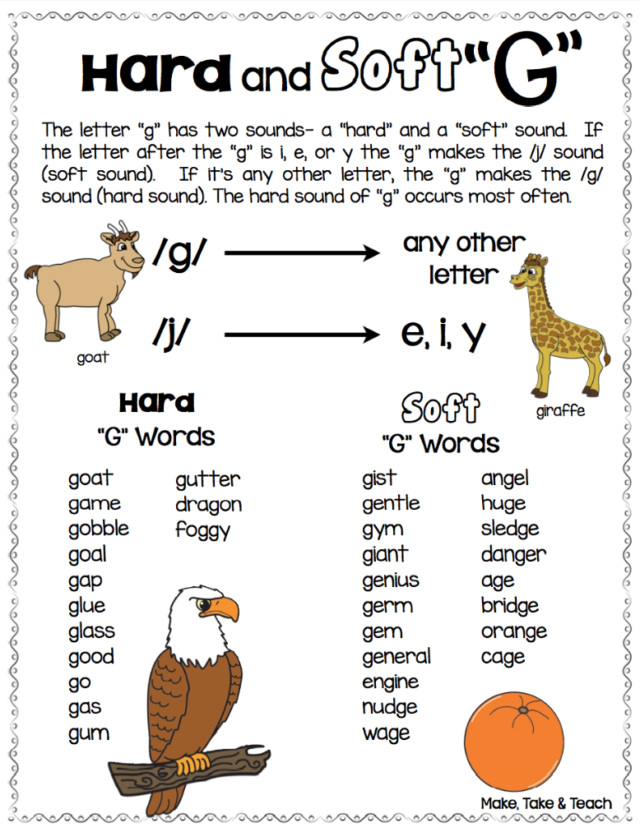
- Read your child’s favorite book over and over again. For books that children know well, Jiban suggests that children use their finger to follow along as each word is read. Parents can do the same, or come up with another strategy to help kids follow which words they’re reading on a page.
Giving a child diverse experiences that seem to have nothing to do with reading can also help a child’s reading ability. By having a variety of experiences, Rasmussen said, children will be able to apply their own knowledge to better comprehend texts about various topics.
This story about teaching children to read was produced by The Hechinger Report, a nonprofit, independent news organization focused on inequality and innovation in education. Sign up for Hechinger’s newsletter.
The Hechinger Report provides in-depth, fact-based, unbiased reporting on education that is free to all readers. But that doesn't mean it's free to produce.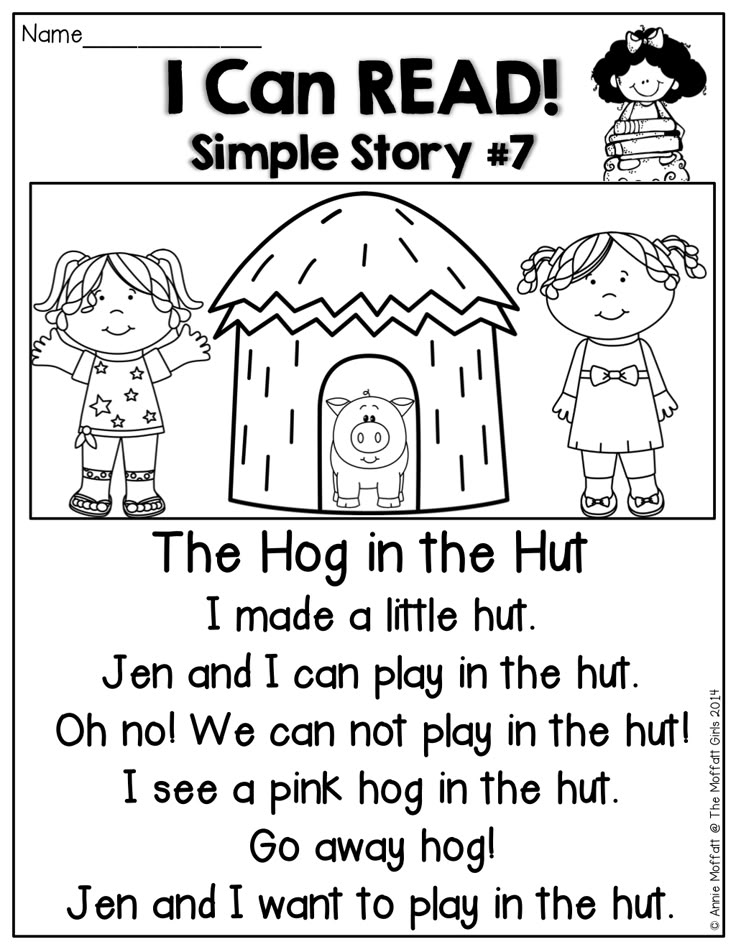 Our work keeps educators and the public informed about pressing issues at schools and on campuses throughout the country. We tell the whole story, even when the details are inconvenient. Help us keep doing that.
Our work keeps educators and the public informed about pressing issues at schools and on campuses throughout the country. We tell the whole story, even when the details are inconvenient. Help us keep doing that.
Join us today.
Reading to children from 0 to 3
Let's talk about how to read with babies from birth to three years: how to instill in children a love of reading, teach them to listen to poems and fairy tales, look at illustrations, and how to choose the right books for the youngest readers.
But first, a few words about why you need to read to children, who for the most part have not yet really learned to speak. Reading children's books is a whole complex of activities. It consists of viewing illustrations, listening to text, matching text and pictures. Reading with a child is a serious job of developing the ability to listen, look at and notice details, read symbols and guess the meaning. By reading to a young child, we contribute to the development of his intellect, broaden his horizons, answer his questions, enrich his emerging speech. In addition, reading is a pleasant form of leisure, a way to distract an upset or naughty baby, one of the elements of the ritual of preparing for sleep, and it is also a whole world of fairy tales, without which it is difficult to imagine a happy childhood.
By reading to a young child, we contribute to the development of his intellect, broaden his horizons, answer his questions, enrich his emerging speech. In addition, reading is a pleasant form of leisure, a way to distract an upset or naughty baby, one of the elements of the ritual of preparing for sleep, and it is also a whole world of fairy tales, without which it is difficult to imagine a happy childhood.
From birth to 6 months
Actually, the process of reading with children begins long before reading itself. In order for the baby to show interest in books, it is important that he masters two skills - the ability to listen and the ability to look at pictures.
It is known that the child's hearing develops in the womb and even before birth, the baby is able to hear and perceive the voices of parents, music, sounds of nature. And this is the valuable sensory baggage that you can give your baby even before he is born. During pregnancy, try to surround yourself and your baby with only pleasant sounds, arrange relaxation sessions more often, listen to good music, talk to your baby and tell him stories.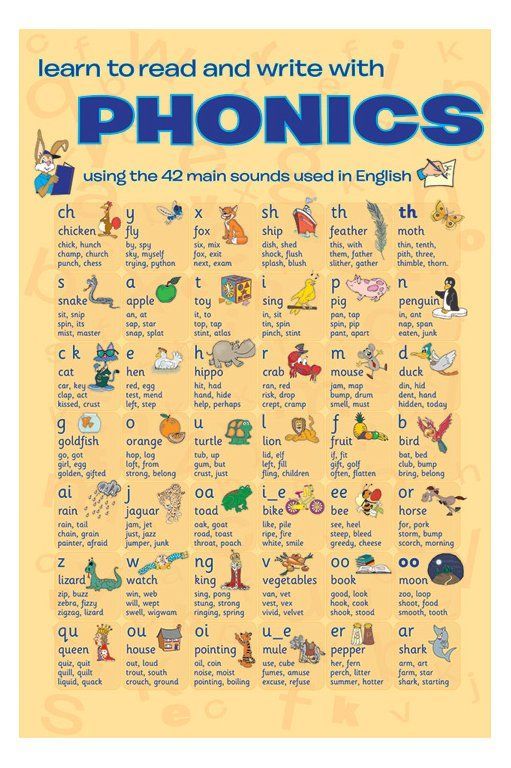 And the meaning of fairy tales is absolutely not important here, your intonation, rhythm and pace of a work of art are much more important. When the baby is born, those poems and fairy tales performed by you, which he heard before he was born, will have a calming effect on him, and parents will always find something to tell the baby to console him or entertain him.
And the meaning of fairy tales is absolutely not important here, your intonation, rhythm and pace of a work of art are much more important. When the baby is born, those poems and fairy tales performed by you, which he heard before he was born, will have a calming effect on him, and parents will always find something to tell the baby to console him or entertain him.
As the baby grows up, the parental repertoire will gradually expand - to the fairy tales or poems already familiar to the child, nursery rhymes, jokes, lullabies and songs will be added. The book as it is is not yet needed here, but the verses of Barto, Chukovsky and Marshak memorized by heart will come in handy, as well as funny rhymes about the clubfoot bear and others that our mothers and grandmothers told us.
Your newborn baby grows and develops, and at the same time, his vision develops. Such an important organ in the knowledge of the world. When, by about three or four weeks, the baby learns to concentrate his eyes for a few seconds and thoroughly examines the faces of dad and mom - and these are the most important objects to look at at this age, you can offer him other objects that the baby will be happy to look at. These can be black and white pictures depicting lines, patterns or geometric shapes, as well as fairly large toys painted in one bright color. Such objects are able to hold the attention of newborn babies for a long time, and the ability to concentrate the gaze develops vision and enhances brain activity.
These can be black and white pictures depicting lines, patterns or geometric shapes, as well as fairly large toys painted in one bright color. Such objects are able to hold the attention of newborn babies for a long time, and the ability to concentrate the gaze develops vision and enhances brain activity.
Already later, by three or four months, you will offer the child pictures that are more complex in color and shape - these can be drawings or photographs depicting people, animals, vehicles. Plus, you will show the child the world around - an apartment, a street. It is very important at the same time to pronounce the names of the objects that the baby sees.
So, from the age of birth to six months, "reading" is a synthesis of two actions - looking at pictures and objects, as well as listening to works of art in the background.
6 months to 1 year
Perhaps your baby is already sitting, but even if not, then he probably already lies on his tummy for a long time or half-sitting in your arms.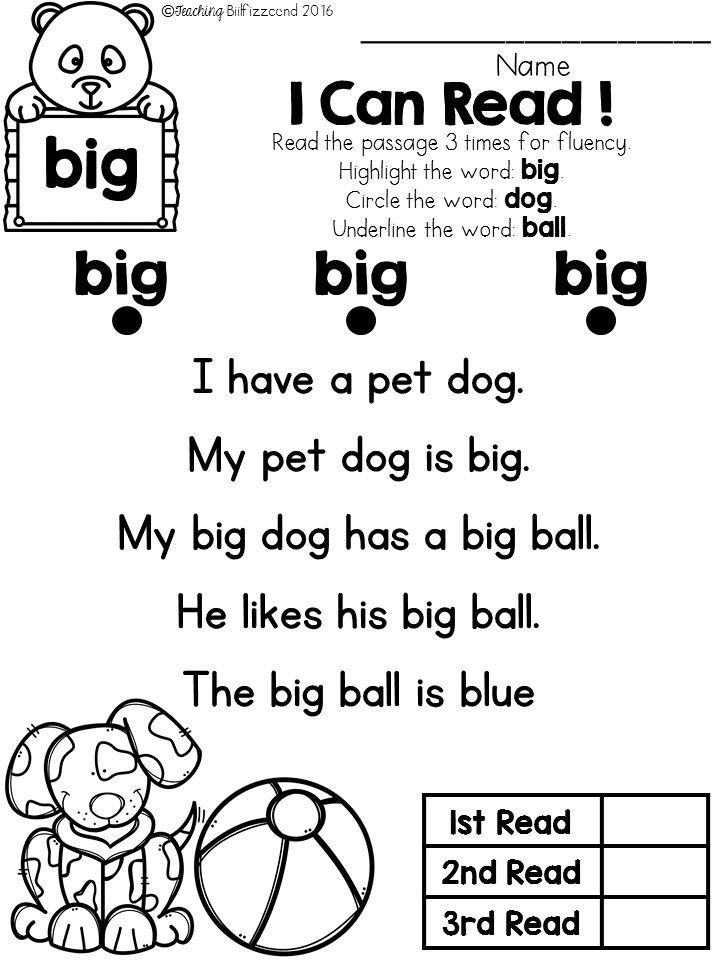 And for sure, he is showing more and more interest in everything that surrounds him.
And for sure, he is showing more and more interest in everything that surrounds him.
It's time to get your first children's book. We are talking about cardboard baby books, which consist of a small number of dense, durable and safe pages. In fact, the pages are everything. Children like to manipulate the book by turning the pages - this, in addition to everything, is also a great exercise for developing fine motor skills. Most likely, the book will be tried on the tooth, but it will be reviewed one way or another. Do not buy a lot of baby books, two or three will be enough. Pretty soon you will see that the baby is ready to move on and then you can choose more meaningful books for reading together. The choice of the first book is a responsible matter.
Here are some rules to help you:
- The book must have thick cardboard pages, the binding must be of high quality. It is important to be sure that when the child picks up the book, it will remain intact.
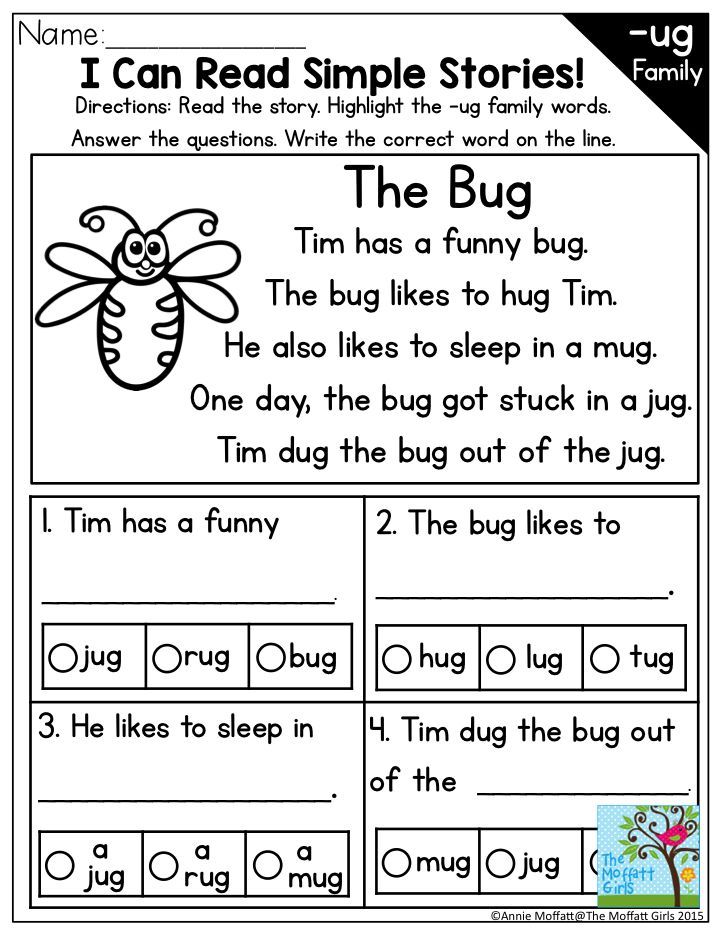
- Simplicity of illustrations. Ideally, when one image is placed on one page, if this is a plot, then it should be as simple as possible. It is still difficult for a child at this age to perceive a large number of details, he also does not understand the complex actions of the characters. The simpler the image, the more recognizable it will be to the child - accordingly, the interest in the book will be higher.
- Moderate colors. Ideally, if the book contains only four primary colors - red, yellow, green, blue (not counting black and white). The diversity of the image, again, will not be useful, but will only tire the child.
- Realistic pictures. The crocodile should be green and the tomato should be red. This is one of the most important points. A child at this age absorbs information in a colossal volume, and the inconsistency in its content is now absolutely useless. The same applies to the appearance of animals. Often artists like to depict animals in clothes, but this is absolutely contrary to the real idea of a cat or dog, for example.
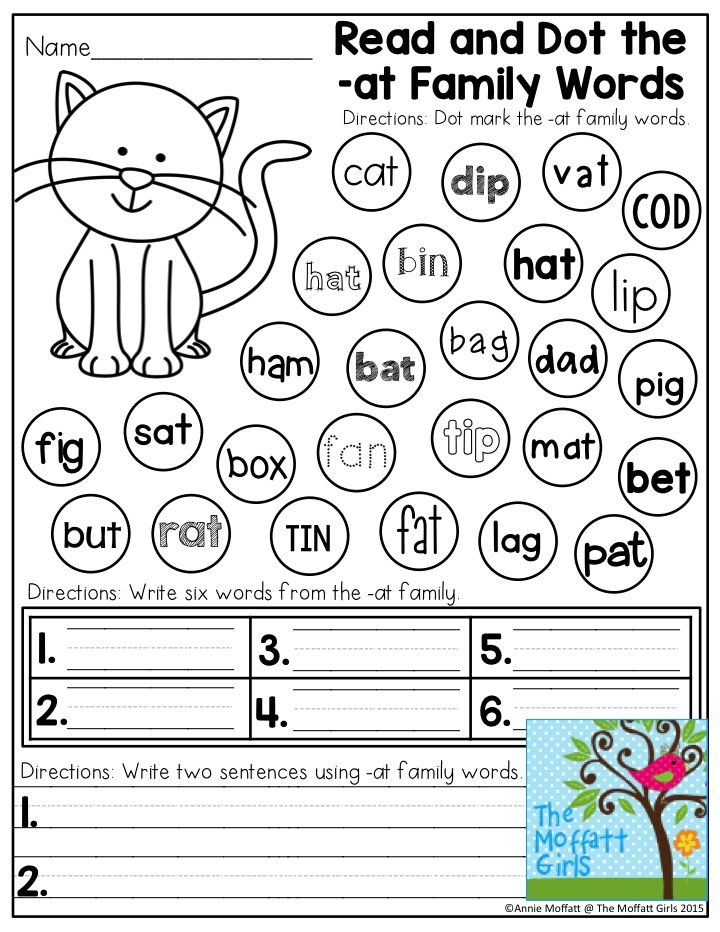 In the future, in more adult books, when the child will already be oriented in the world of objects and will understand what is reality and what is a fairy tale, then the cat can be in a dress, and in a hat, and with beads (if this corresponds to the plot). At the initial stage of understanding the world, a cat should look like a cat - four paws, a mustache, ears and a tail.
In the future, in more adult books, when the child will already be oriented in the world of objects and will understand what is reality and what is a fairy tale, then the cat can be in a dress, and in a hat, and with beads (if this corresponds to the plot). At the initial stage of understanding the world, a cat should look like a cat - four paws, a mustache, ears and a tail.
So, the ideal book for babies from six months old is a small cardboard format, in which each page shows a picture, the words in such a book are optional. You will simply tell the child about what is shown in the picture - this will be the first fairy tale.
When you choose a book for your six-month-old baby, you need to find a moment when the child will be in a good mood, put him in your arms or lie down next to him and turn the pages of the book, sometimes saying what is depicted on them. Such “reading” will become the baby’s favorite pastime for a long time, he will especially like it when the baby learns to turn the pages on his own.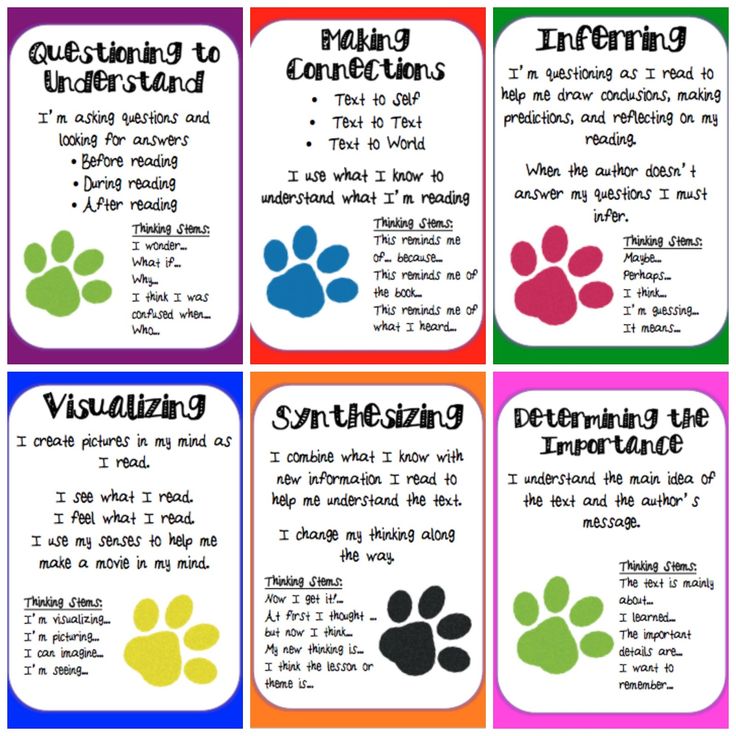
From one to two years
Among children and parents who love books, there is even a list of books that are ideal for kids of this age. We can say that these are win-win options:
- V. Bianchi "The Fox and the Mouse" - an excellent edition illustrated by Yu. Vasnetsov;
- E. Karl "The Very Hungry Caterpillar" - world bestseller;
- E. Karl "From Head to Feet" - also a favorite book of kids all over the world;
- Russian folk tales and nursery rhymes illustrated by Y. Vasnetsov;
- Children's books by Japanese writer Yusuke Yonezu.
Usually these books instantly become favorites among kids and are read to holes. They are valuable, first of all, for their illustrations, their small texts are simple and uncomplicated. These books are just perfect for learning to relate pictures to text - an important skill that will come in handy for a child in the future.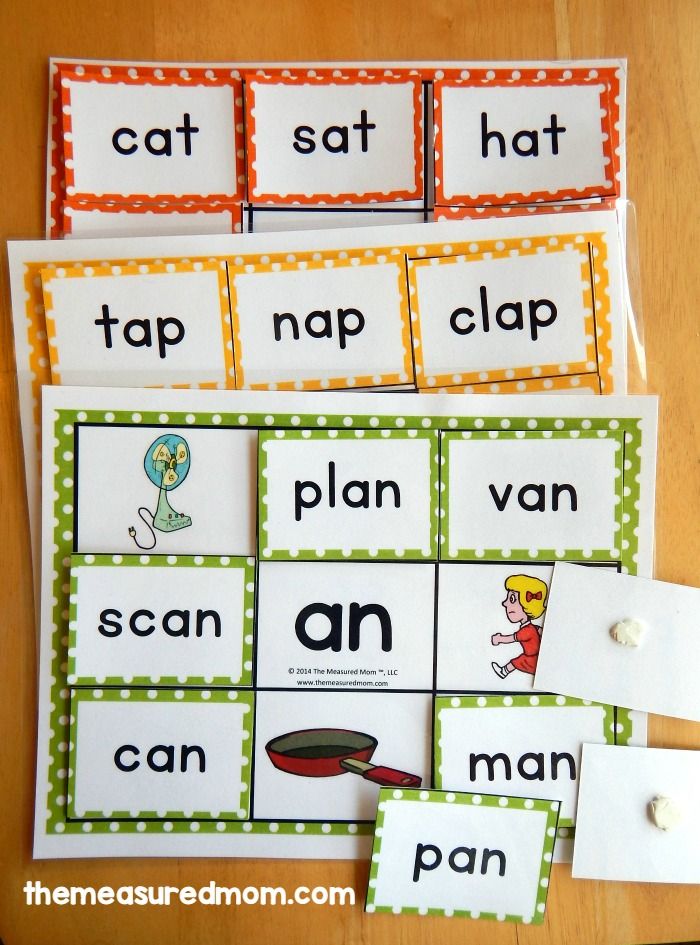
The kid grows up and his interest in reading continues to grow - at some point you will understand that the reading list should be expanded and collections of poems by K. Chukovsky, S. Marshak, A. Barto, B. Zakhoder, as well as fairy tales V Suteeva.
Encourage any child's interest in books. It happens that in the entire collection of poems the baby is attracted only by one quatrain or one picture, read and examine them again and again. Only your sincere interest, your interest and patience (sometimes you have to read the same verse thirty times a day) can support the love of reading in a baby.
Also an important point of this period is looking at plot pictures, and it will remain so for a long time, becoming more complicated and changing depending on the age and interests of the child. For one or two one-year-old children, the pictures for looking at should be quite simple and clear, selected by subject - transport, animals, vegetables, fruits. Books like encyclopedias for the smallest respond well to this request.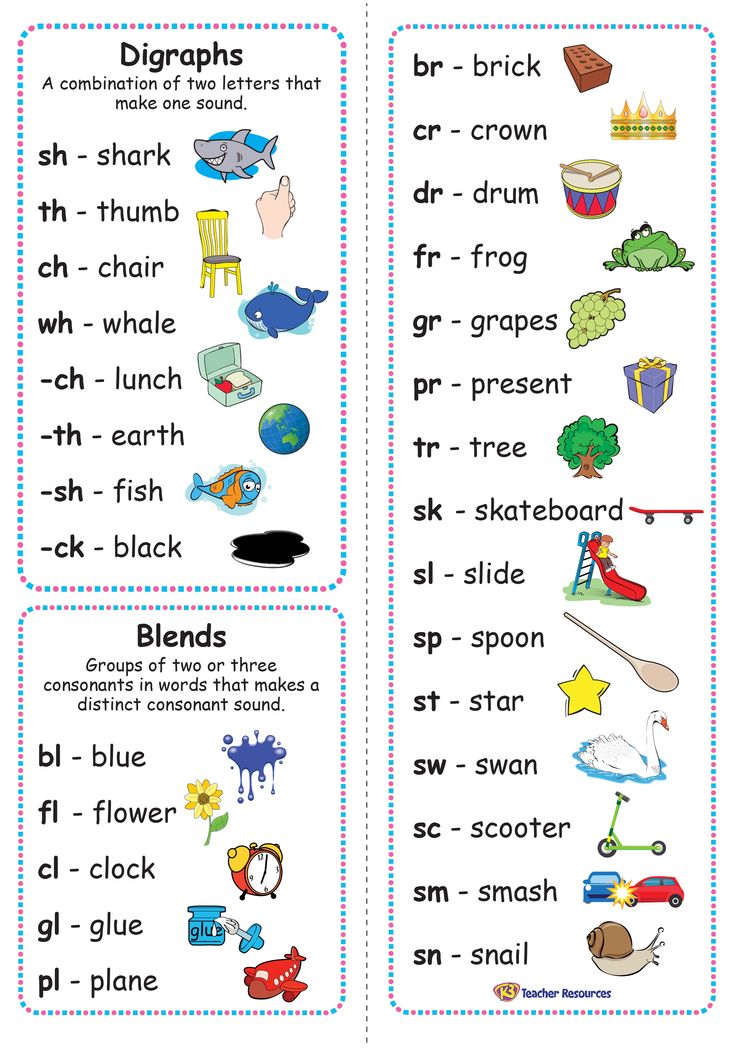
The child will periodically leaf through these books, linger on the objects he likes, poke his finger or otherwise attract your attention, wanting to know the name of the object. When the baby starts talking, you will ask him what he sees in the pictures, and this will become one of the most beloved joint games.
Looking at pictures, we not only name objects, we also describe their properties, actions, and come up with plots. Thus, we develop the child's imagination, form his vocabulary, enrich his speech, help him learn to look at the same objects differently.
Now quite popular and loved by many children are books for viewing by Suzanne Berner, Doro Goebel and other authors - these books are a real treasure for showing parental improvisation in describing the plots of illustrations.
Books with windows, with moving and tactile elements are a good help in attracting a child to look at pictures. Such publications are able to keep the attention of the child for a long time, increase his interest in the content of the book.
Reading for children aged one to two is the world of illustration. Everything that is written about should be drawn - this is very important for the baby, because he himself cannot yet imagine a bull that walks on a swinging board, but he is happy to discover objects that he has just heard about on the pages of the book.
Two to three
If you started “reading” to a child literally from birth, then most likely at this age you will already be well versed in children's literature, and the reading list for children of two or three years is so wide and varied that it is difficult to cover it in one article. But if you are just starting to read with your baby and it seems to you that he does not show much interest in books, then you can resort to little tricks.
- Choose books for your child based on their interests. For example, if your kid is interested in animals, then perhaps he will be interested in the poems of S.
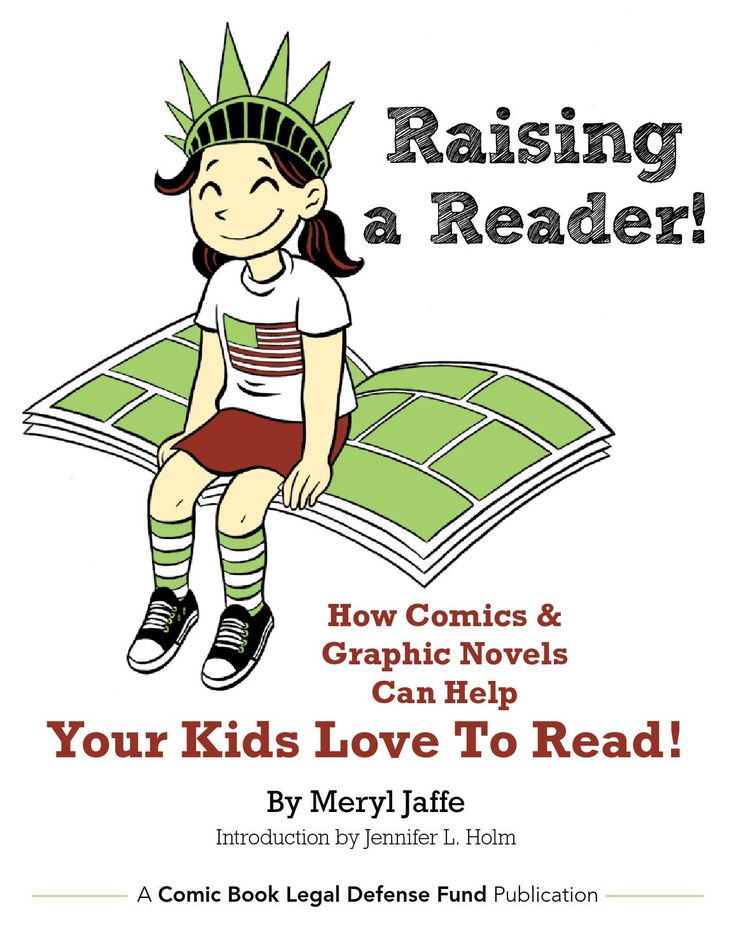 Marshak or B. Zakhoder;
Marshak or B. Zakhoder; - Always carry a book in your bag. If you have to take the child on a trip, queues, etc., then you can offer him to read;
- Act out home plays based on famous fairy tales. It is very easy even at home to show the performances "Teremok", "Kolobok" or "Turnip", so you will introduce the child to works of art. After that, invite the baby to read together about the heroes he loves;
- Leave books in the public domain;
- Read aloud! Even if the child is playing or doing something, and you sit next to him and start reading a book, sooner or later the baby will show interest and join you.
The age of two years is also that amazing period when a child begins to develop a fantasy. Children show interest in creativity, in role-playing and fantasy games - all this is an immersion in the world of a fairy tale. Play fairy tales with children, act out stories from books, put on home performances, draw your own illustrations for books, sculpt characters from plasticine.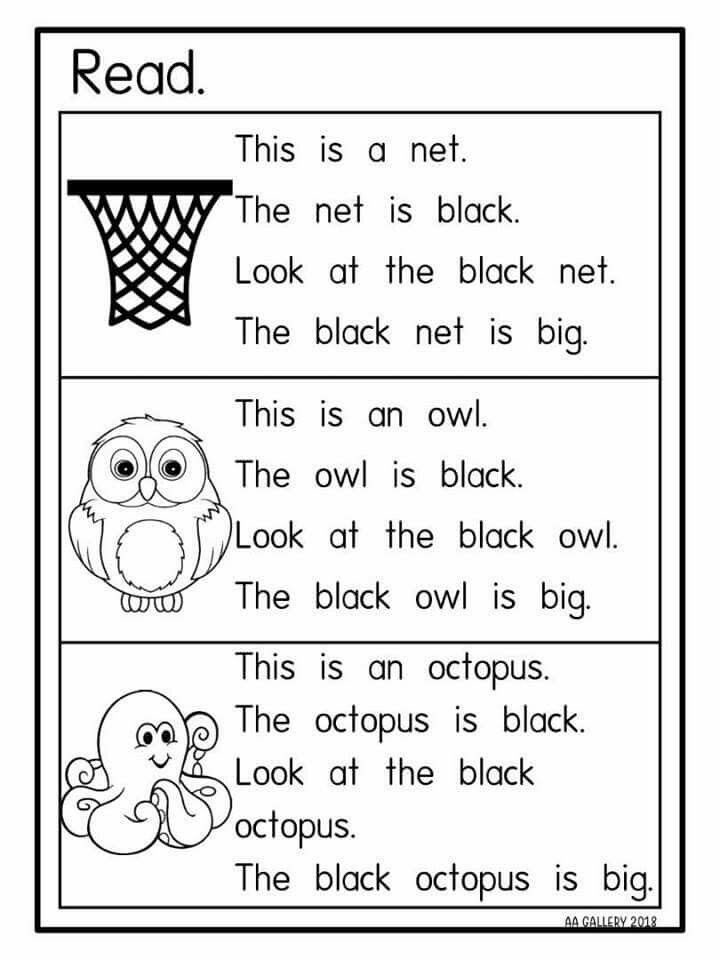
Toddlers up to three years old are the most grateful listeners in the world, their thirst for something new and magical is contagious. Reading with your child, you will discover with him the wonderful world of magic and fantasy. And remember that love for books can only be instilled in a sincere personal example. A reverent attitude to the book is a good family tradition that can be passed on to even the smallest novice reader.
Viktoria Vinogradova
How to read with children so that everyone is interested: talk about the author and ask questions
Children are given lists of literature for holidays. And not all schoolchildren are happy to read. Our blogger Ekaterina Buneeva tells how to read books with children and make this process interesting and meaningful.
My work for many years has been connected with teaching children to read productively. The result of such reading is a full perception and understanding of the text. A competent reader is able to extract all types of information from the text: factual (what is said directly, explicitly), subtext (what the text does not say directly, but is read "between the lines") and conceptual (the main meanings of the text, his so-called main idea).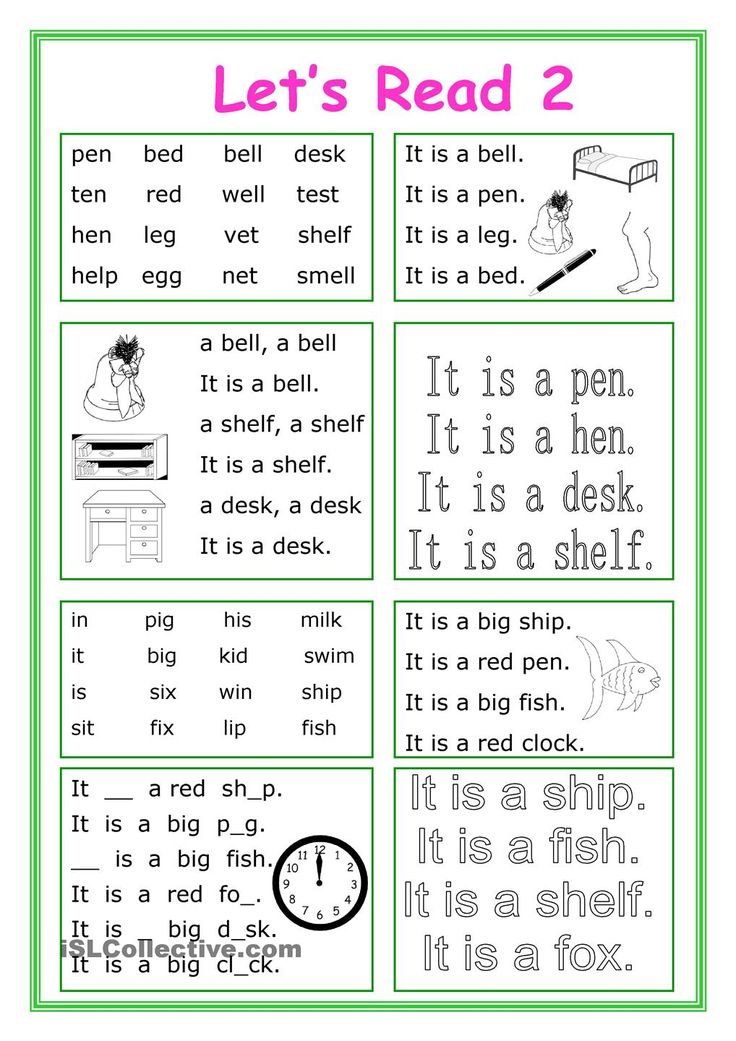 And that is not all. A literate reader reads different texts in different ways, that is, depending on the purpose of reading, he uses the methods of either introductory, or viewing, or studying reading. How to teach this to a child?
And that is not all. A literate reader reads different texts in different ways, that is, depending on the purpose of reading, he uses the methods of either introductory, or viewing, or studying reading. How to teach this to a child?
The technology of productive reading can help here (the authors of the technology are E.V. Buneeva and O.V. Chindilova), which includes 3 stages of working with text and certain methods of working at each of the stages. There are variants of this technology for the work of a teacher with children in the classroom and for individual reading of parents with a child.
I will tell and show with an example how you can read a text (book) with children so that everyone is interested.
1. Work with text (book) before reading
We read the title of the work, the name of the author, examine the illustrations and / or cover. Based on this information and our reading experience, we assume what will be discussed. That is, we determine the topic of the text (book), emotional coloring (the text will be cheerful, sad, serious), guess who the characters are, etc.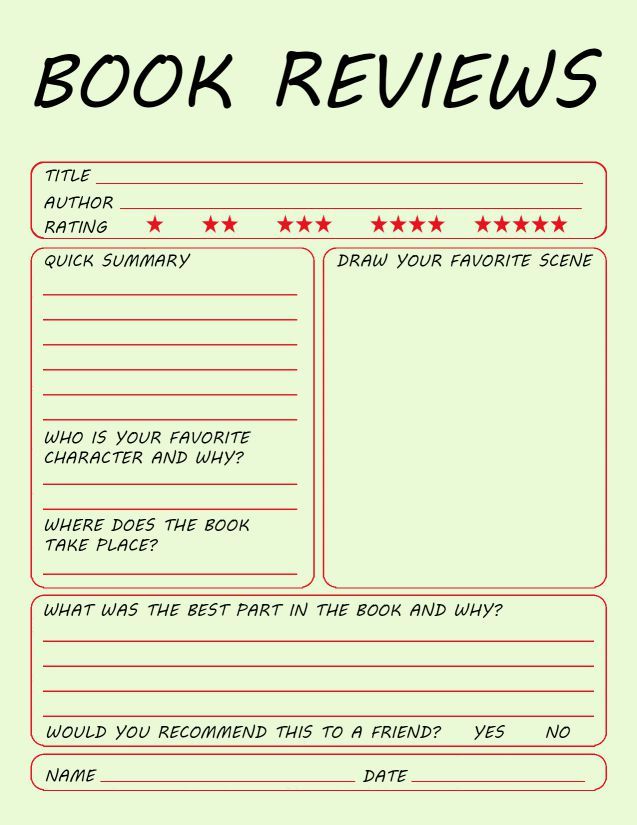 Now we need to read the text and check whether our assumptions were justified. This is how you get motivated to read.
Now we need to read the text and check whether our assumptions were justified. This is how you get motivated to read.
2. Working with text while reading
Reading silently
It is good if the child tries to read the text to himself for the first time. It is very important to understand the need for this (even if at first he does not master the entire text himself, at least a fragment, the very beginning), so that the child gradually gets used to the fact that he will read the texts himself.
An adult can, of course, immediately read aloud, it depends on the features of the text, the age of the child and his individual abilities. But this should not be just voicing, it is necessary to use special techniques during reading: commented reading and dialogue with the author, about them a little later.
Then you need to talk with the child about what he understood and felt, what he thought about. Already at this moment, one can ask which assumptions made before reading the text were confirmed and which were not.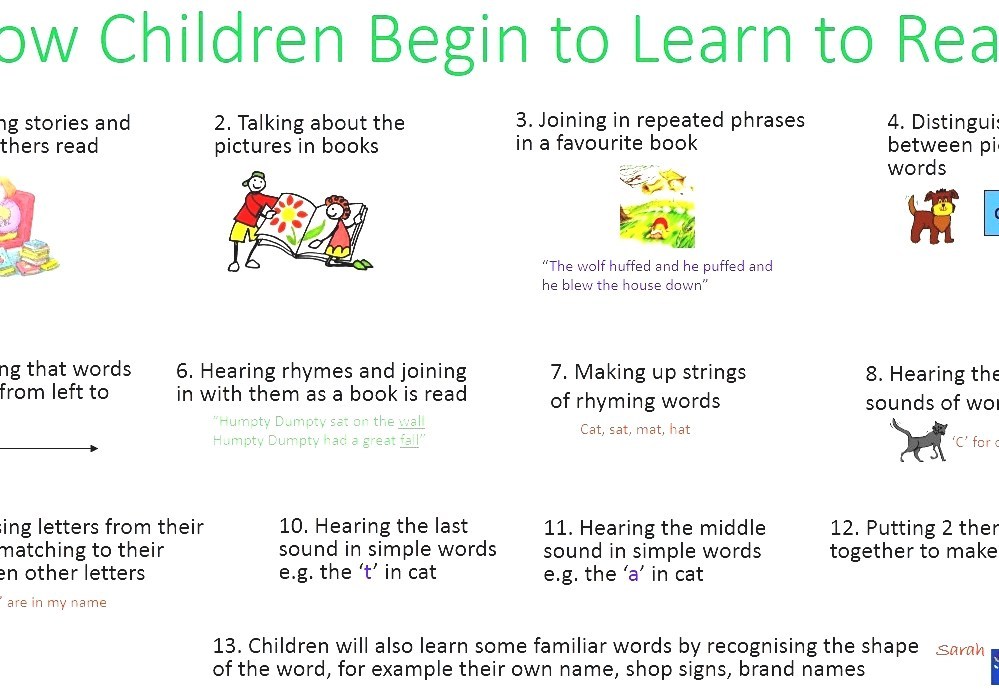 First, let's listen to the child, and then express our opinion.
First, let's listen to the child, and then express our opinion.
We read aloud, we have a dialogue with the author of the text
Then follows a “slow” repeated reading, during which the actual analysis, deep understanding takes place, and one’s own interpretation of the text arises. If an adult reads the text aloud, then re-reading is not necessary: in the process of reading, he comments on something if necessary and conducts a dialogue with the author, involving the child in it.
The “dialogue with the author” method (developed by a group of psychologists led by Professor G.G. Granik) suggests that in the process of reading the reader sees hidden questions in the text, formulates them (these are questions to the author), tries to predict the answer , and then, having found the answer in the text, checks himself. And with the help of short comments, you can evoke an emotional reaction and pay attention to important details of the content (the technique is called "commented reading").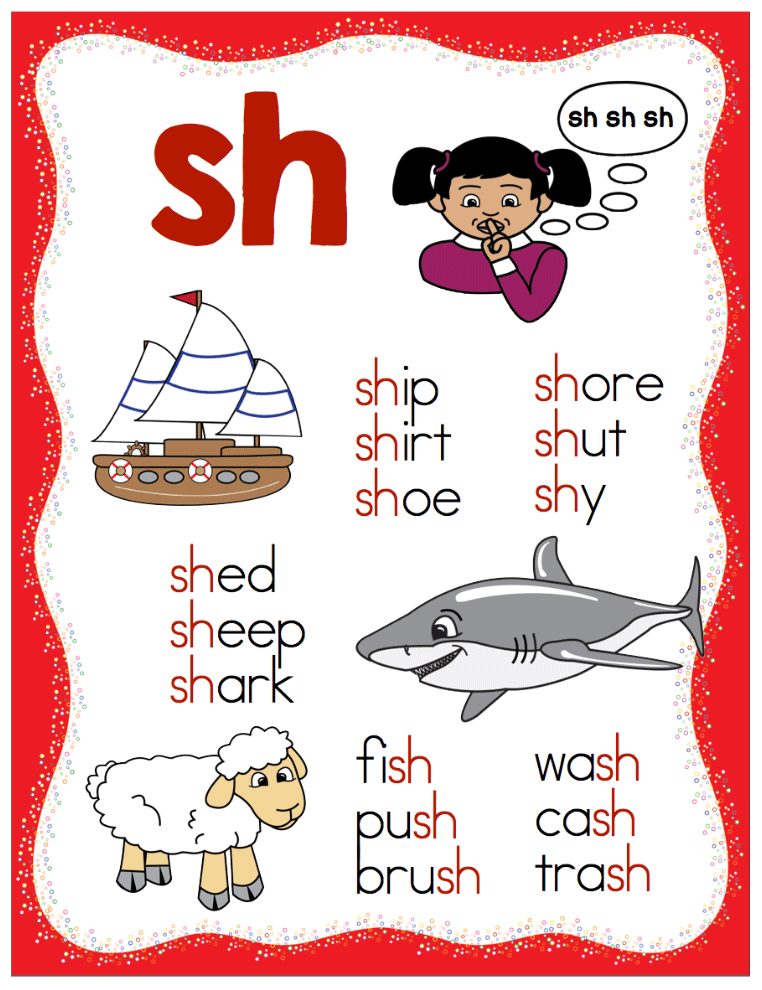
Discussing content
Next, we need to talk about the content of the text. When you saw an emotional reaction to the text, made sure that the child understood the text, invite him to expressively read aloud a small passage that he himself chooses. “Reading with expression” means expressing with the help of voice, intonation, logical stress, etc. exactly how you understood the text.
That is why the child must first learn to read the text independently to himself, then aloud together with an adult, and only then aloud expressively. And an adult can offer his own version of expressive reading later, that is, not before, but after the child (“How interesting you did it! And I would read it like that ...”).
3. After reading
At this stage, you need to discuss what you have read and try to understand together why the author wrote this story (story, fairy tale, play). That is, try to formulate the main meanings of the text. This moment is important: it helps to correlate the reader's interpretation of the child with the objective author's meaning.
Next, it would be good to talk about the writer. If you know any bright, interesting facts of his biography, tell us. And be sure to ask the child what kind of person the author of the read text seems to him: how he relates to people, to life, what he likes and what he does not agree with, does he have a sense of humor, etc.
It is very useful to return to the title and illustrations: discuss the meaning, compare your reader's idea with the artist's vision (after all, the artist is also a reader: before drawing an illustration, he read and understood the text in his own way). You can offer the child a creative task, depending on his inclinations and interests: draw an illustration for a favorite piece of text or a filmstrip for the entire text, retell on behalf of different characters, stage; choose a piece of music that matches the character of the hero.
If a child is just learning to read, you first need to go through several very important steps with him: work on understanding individual words, then sentences, and only then move on to texts.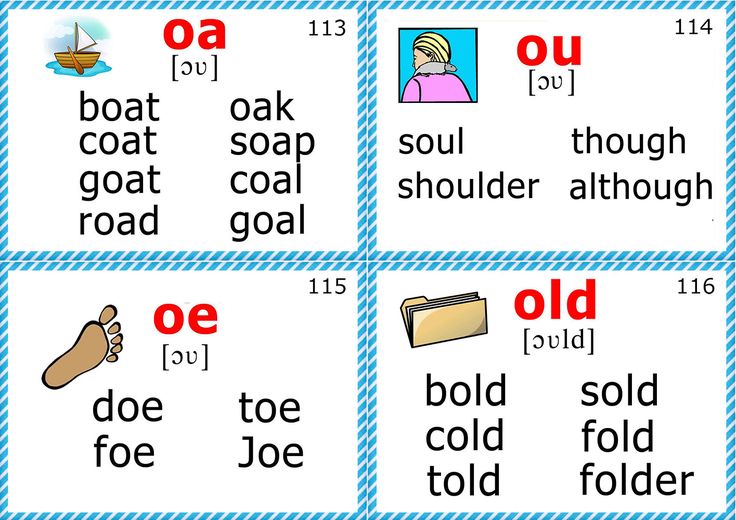
I will show by example how you can read the text together in the technology of productive reading.
Julia Simbirskaya "Who is better?"
Somehow soap, washcloth and Petya gathered for a competition: who will clean up better and faster. Petya splashes - splashes up to the ceiling! The washcloth has taken on water and lies on the water, sways, blows bubbles. And soap let's dive. Foam. Then he lathers a washcloth, then Petya, then a washcloth, then Petya ... The competition is over.
— Well, who did the best cleaning? Petya is clean, ruddy! Washcloth - fluffy, shiny! Where is the soap?
Before reading:
- Read the title. What would you like to ask? What can be assumed?
- Who is the author of the text? Is he familiar to you?
- Look at the illustration. What else can you guess about the content of the text, what can you guess?
While reading
- Read the text silently. Put stress on difficult words.
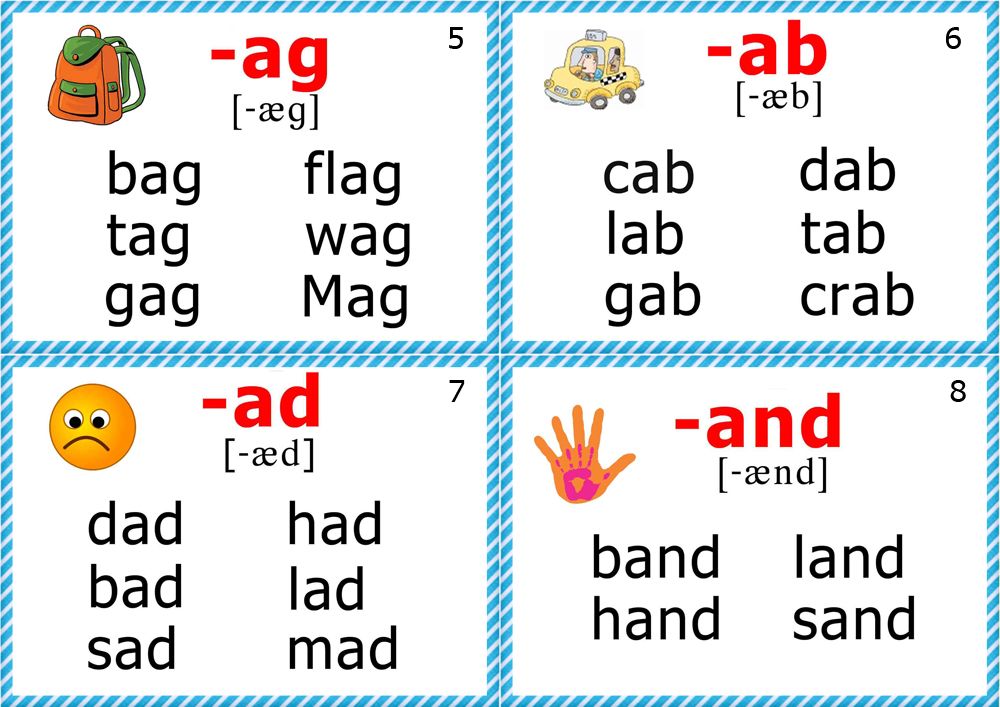 When the child has read, we ask: so who did the best wash, what do you think? We accept the answer, but do not comment
When the child has read, we ask: so who did the best wash, what do you think? We accept the answer, but do not comment - Now read aloud. An adult reads, comments and engages in a dialogue with the author. The motivation for rereading is to check if the child is right. Legend: B - a question to the author of the text; O - the answer of the child, which he assumes; P - check yourself: and here is the answer given by the author of the text.
Somehow soap, washcloth and Petya gathered for a competition: who will clean up better and faster. (Q. I wonder where they gathered? Guessed it? Oh. We accept the child’s answer, but do not comment.) Petya is splashing - splashes up to the ceiling! (Imagine?) The washcloth has taken on water and lies on the water, sways, blows bubbles. (Introduced?) And let's dive soap. Foam. (Q. Why does the soap dive? A. We listen to the child’s answer, but do not comment) It will soap the washcloth, then Petya, then the washcloth, then Petya .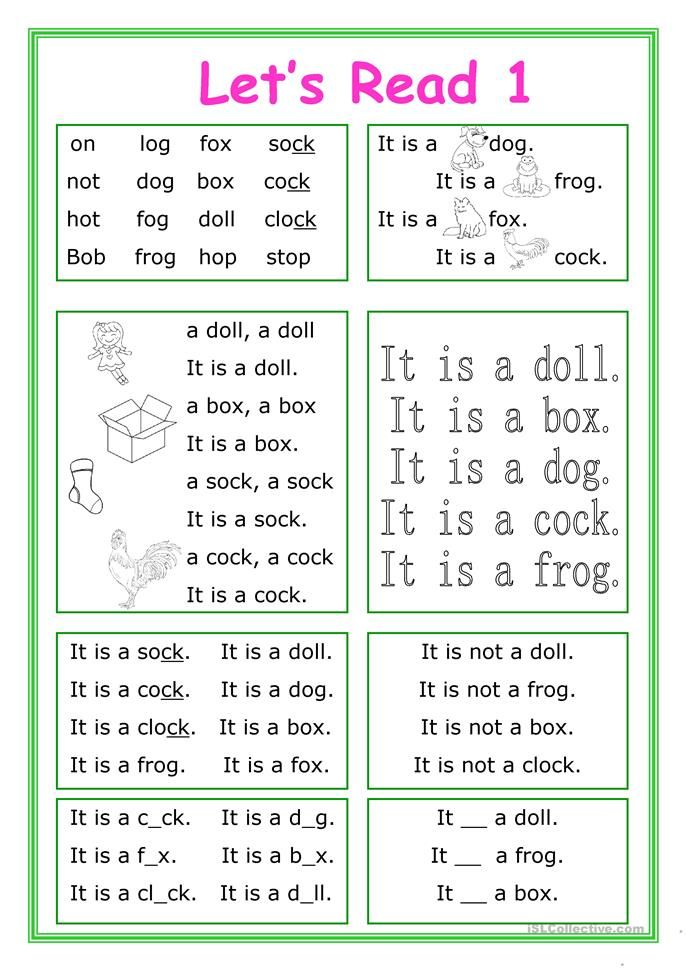 .. (P That’s why the soap dived: to get wet and soap everyone!) The competition is over. - Well, who was the best to clean up? (Can you answer? A. We listen to the child’s answer, but do not comment) Petya is clean, ruddy! (Did you see such Petya?) Washcloth - fluffy, shiny! (Introduced?) And where is the soap? (Really, where? A. We listen to the child's answer.)
.. (P That’s why the soap dived: to get wet and soap everyone!) The competition is over. - Well, who was the best to clean up? (Can you answer? A. We listen to the child’s answer, but do not comment) Petya is clean, ruddy! (Did you see such Petya?) Washcloth - fluffy, shiny! (Introduced?) And where is the soap? (Really, where? A. We listen to the child's answer.)
After reading
- Which sentence most accurately conveys the meaning of this text - answers the question in the title? Choose.
A. Petya and the washcloth washed best of all, because the soap helped them. All well done!
B. It is impossible to determine who is better, because the soap dropped out of the competition.
Q. The best soap.
- What does this text tell about the author? (A child can say that Yulia Simbirskaya is cheerful, with a sense of humor, knows how to tell interesting things, knows and understands children - after all, many children do not like to swim, so she came up with such a competition .

Learn more

